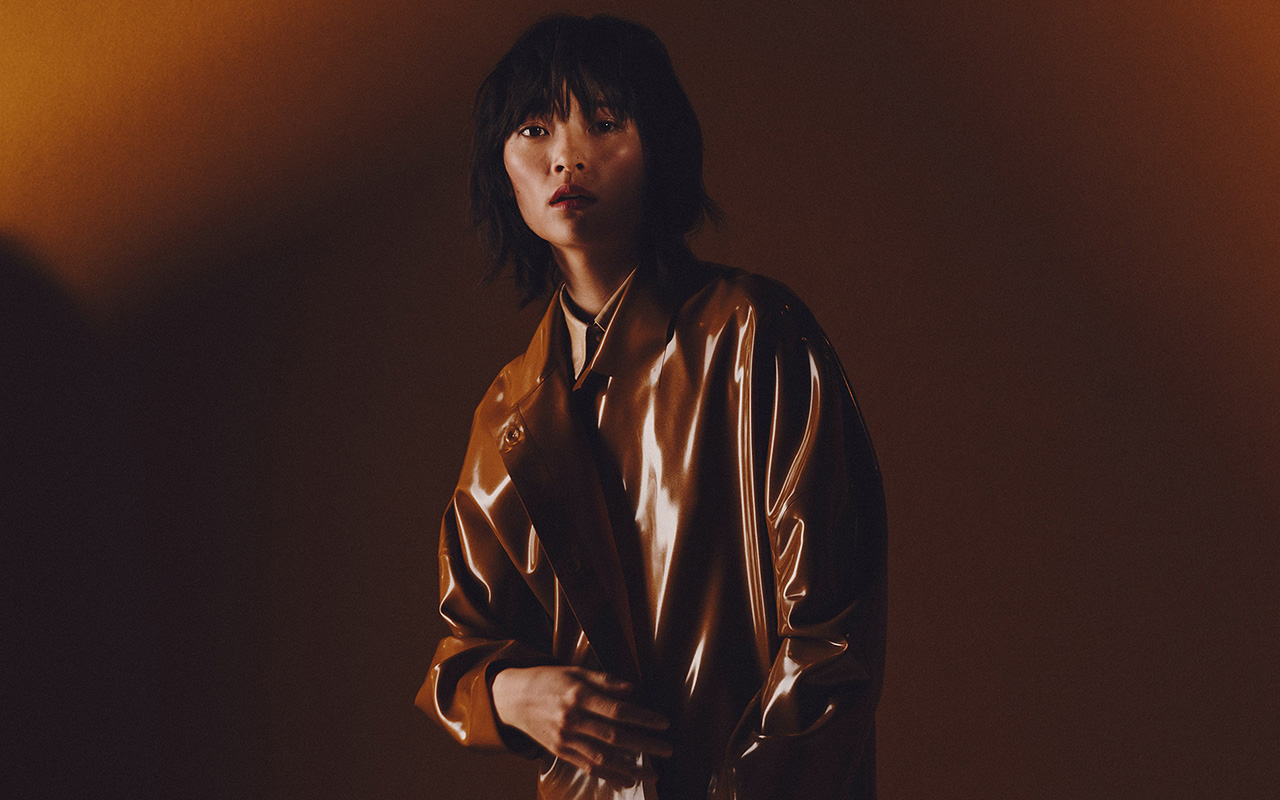
Brown. Right from the start it sounds ugly and unpleasant, it triggers some ridicule and in general, it represents an underappreciated colour: Only 1% of people admit to having it as a favorite, being the hue that generates the most rejection among the population. On a psychological level, brown has negative connotations because it is associated with the old and outdated, poverty, dirt or everyday life. The ordinary is represented in brown. The discreet also because brown, being the mixture of primary colours, goes unnoticed. These mental associations are related to the history of clothing and the use that was given to this underestimated colour in art. Despite this, brown also has a luminous underside: it represents the earth and is present in nature, through flora and fauna. In design and decoration, brown is highly appreciated because it refers to warmth, recollection and well-being. The rustic environments, with a great presence of wood, leather and mud and clay, are in brown tones. Below, we explain some curiosities about this reserved shade that is essential in autumn, the season that we psychologically associate with brown.
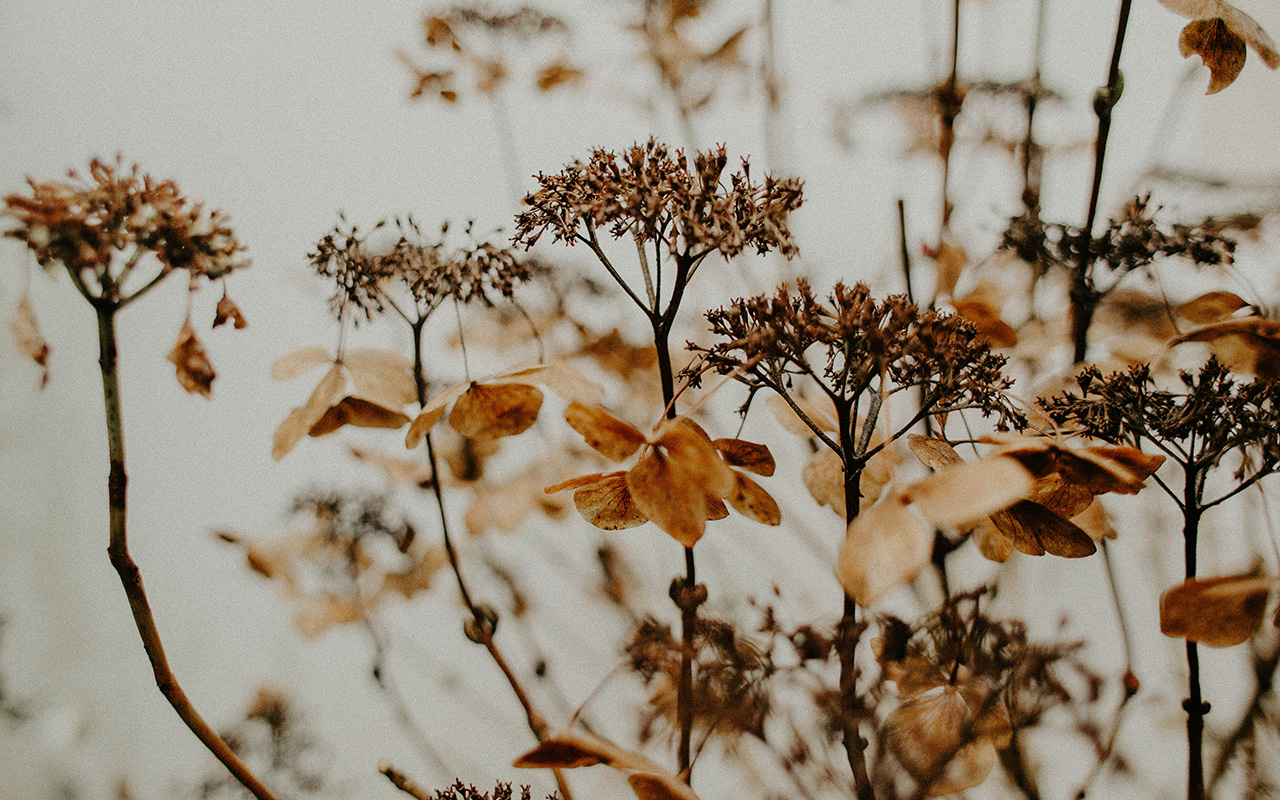
The origin of brown
Brown has always been there, and it abounds all around us. These tones are very common in nature: the bark of trees, the skin and hair of animals, clay soil, arid soils, mud flows… Brown represents mother earth, where it emanates with all its force. , its nature, and, therefore, life and death. Maturity is brown, so in autumn, this colour shines in all its intensity. The flowers lose their youth and the leaves gradually turn this shade to announce the end of their cycle.
Etymologically, the name of the colour is a Gallicism. It refers to “marron” which means chestnut in French. This word was introduced in the mid-nineteenth century to designate what was previously known as chestnut. The acceptance and use of the term among the population was so great that it was introduced into the normative dictionary in 1927. Therefore, not even a century has passed since our language has accepted the word brown to designate the brown or brown colour. Despite this, today we continue to use the old adjective to name hair and hair that is neither blonde nor brown.
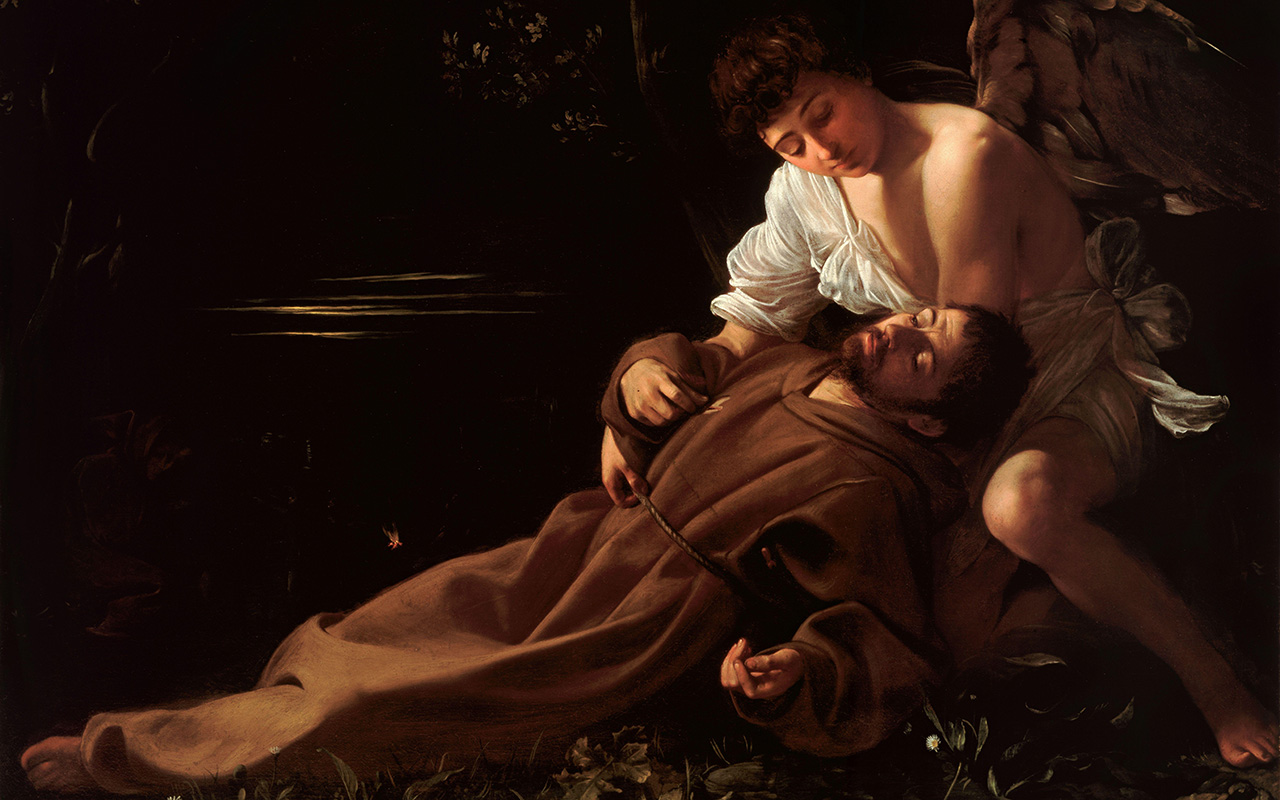
The colour of humility and poverty
Historically, brown has always been an abundant colour, easy to produce and in many cases, represented undyed fabrics through elaborate pieces of flock and hair of goat, deer and hare spun with raw and brownish flax and hemp. Therefore, the brown clothing was the original and did not need any added treatment. Since Classical Greece and practically up until the end of the 18th century, pieces of clothing in bright colours such as red, ultramarine blue, green or golden yellow were status symbols -they were expensive colours to produce- and were reserved for women. privileged classes. The undyed garments clearly showed an inferior status and for this reason, the popular classes used them frequently, with brown being the colour associated with simplicity, humility and poverty. For example, in Ancient Rome, brown clothing was associated with the poor or the barbarians – those peoples who did not master the dyeing arts. The term used to address the commoners was “pullati”, which literally means those dressed in brown. In the Middle Ages, brown was considered the ugliest colour on the spectrum because it was the colour worn by peasants, serfs, servants, and beggars. It also represented an abundant, ordinary and vulgar colour, values opposed to the opulence of the nobility. Therefore, brown was seen as a worldly colour, associated with the crowd, the mob and why not, with dirt. Feces, mud and bitumen are brown and frequently surrounded the plebs.
If brown also represented a symbol of humility, it was not surprising that the first Christian monks used this colour to preach a simple life, away from all kinds of luxuries. When the colours for the different orders were established, the brown and gray colours dressed the monks who took a vow of “maximum poverty” such as the Franciscans known for their brown robes as a symbol of Christian humility.
Brown was also, for centuries, the colour of mourning for the poor because black-dyed fabrics were inaccessible to the most popular classes.
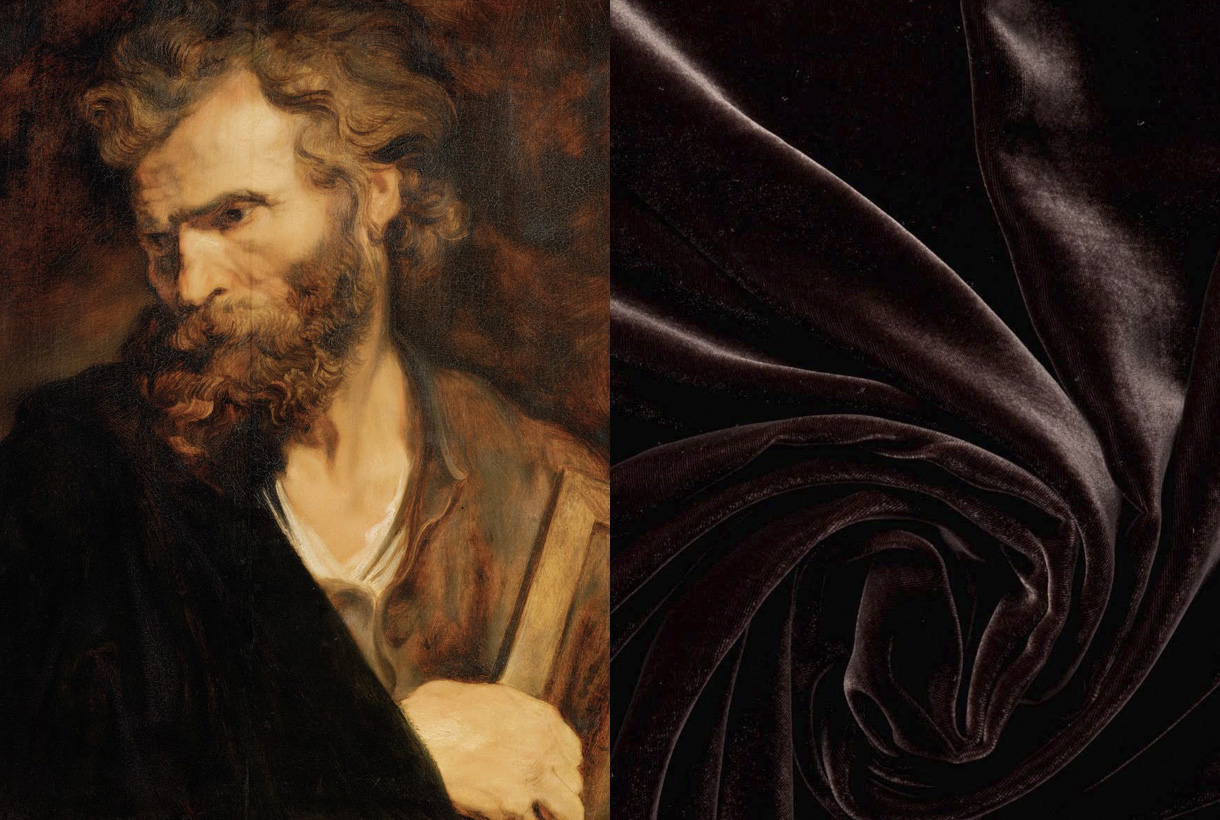
A change of conception
The aesthetic ideal of vibrant colours lasted as long as the cost of luminous tints remained high. This paradigm began to change from the eighteenth century when it was possible to dye pure colours for the first time (red, blue and green were the most valued) at reasonable prices. This fact changed the value system: pure colours were then considered simple, and the dyer’s art was transformed into the art of mixing dyes. From there arose, in the rococo era, the predilection for pastel colours, and the introduction of chestnut as a fashionable colour among the nobility. To obtain the coveted brown, they were dyed several times with different colours, one after the other, to obtain a more varied tone. For example, Louis XVI had a predilection for flea colours (he called them coleurs de puce ) with very varied nuances: old flea, young flea, flea back, flea head, flea leg… All would refer to a type of brown distinct.
Goethe, on the other hand, considered pure colours to be negligible, since they were difficult to combine in the clothing of sophisticated people: “The use of solid colours undoubtedly has many limitations; On the other hand, colours such as dirty, dead, the so-called fashion colours, show many gradations and nuances, most of which are graceful”, he said. The “dirty colours” were all shades of brown, and the “dead colours” referred to those that darkened to black with its various variations that were more versatile. This is how German culture progressively turned the meaning of brown upside down. From the plebs and marginalization, it came to represent the culture and good taste of the upper classes.
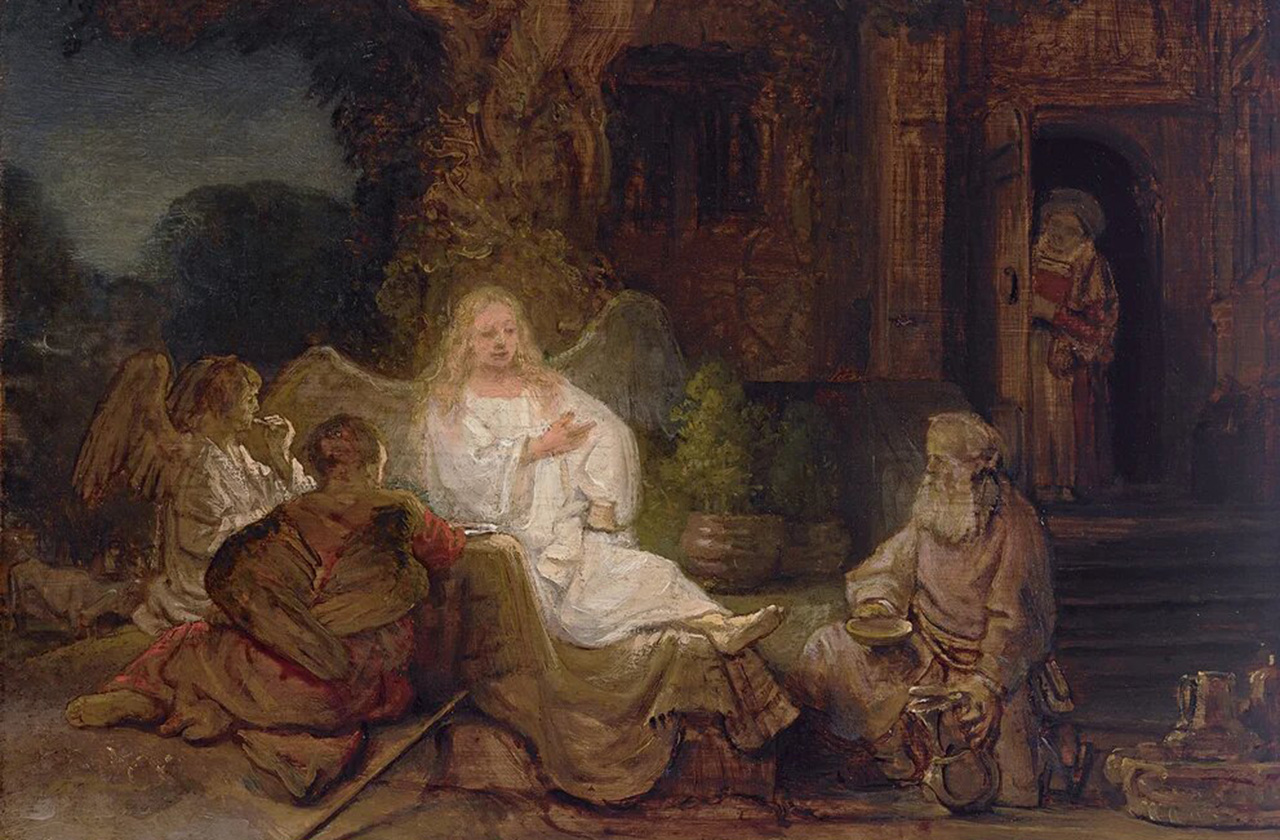
Brown in art
Although brown has been used in art since prehistoric times, this hue was rarely used in art until the Renaissance. In the Middle Ages, for example, artists preferred bright, distinctive colours to paint pictures or illustrate religious books. In the 17th and 18th centuries brown was in greater use. Caravaggio and Rembrandt used various shades of brown to create chiaroscuro effects, where the subject stood out from the darkness. Rembrandt also added shading to the ground layers of his paintings because it promoted faster drying. The artist began to use a new brown pigment, called Cassel earth or colony earth. This was a natural earth colour made up of organic matter, such as soil or peat. It was used by Rubens and Anthony van Dyck, and later became commonly known as Van Dyck brown. The French Impressionists of the 19th century were not very fond of the colour in question, with the exception of Paul Gauguin who created luminous brown portraits of the people and landscapes of French Polynesia.
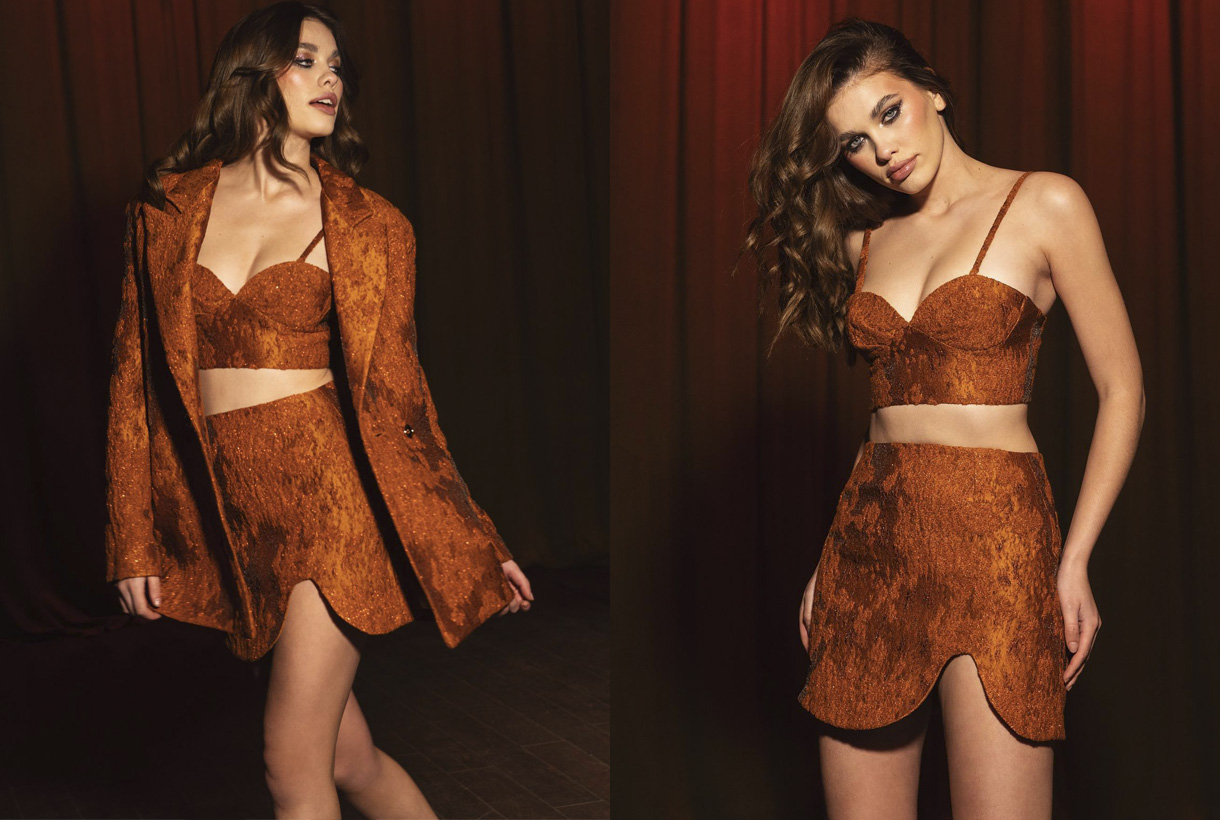
A colour appreciated in fashion
Traditionally, it was thought that the person who wore brown conveyed to the world that they wanted to go unnoticed. The psychological effect it causes is that of being an ordinary colour, even mediocre. In fact, there are still rules attached to clothing issues that go back to this imaginary of colours. For example, high-ranking executives are said to be banned from wearing brown suits because they detract from their status.
Beyond certain beliefs or traditions, fashion has adopted brown in its bed and has given it infinite possibilities. Brown is a warm and deep tone, it exudes magnetism, it is easy to combine, and therefore it adapts perfectly to countless looks because it makes its discretion its best asset. Not in vain is it considered a neutral like white, black or navy blue. Despite being traditionally related to autumn, brown this 2022 has been worn in spring and summer, through youthful and fresh looks that have been followed by some celebrities and fashion prescribers such as Cardi B, Dua Lipa, Selena Gómez, Kendell Jenner or Rihanna. Wearing it in a total look version has also been the preference of the big fashion firms.
At Gratacós we want to show you some of the key fabrics for the new season in shades of brown to show you their full potential. You will also find other items at discounted prices. You will find them available in our online store.
In short, brown will never go down in history as one of the most significant colours, but it will walk hand in hand with it thanks to its simple, versatile and discreet nature.
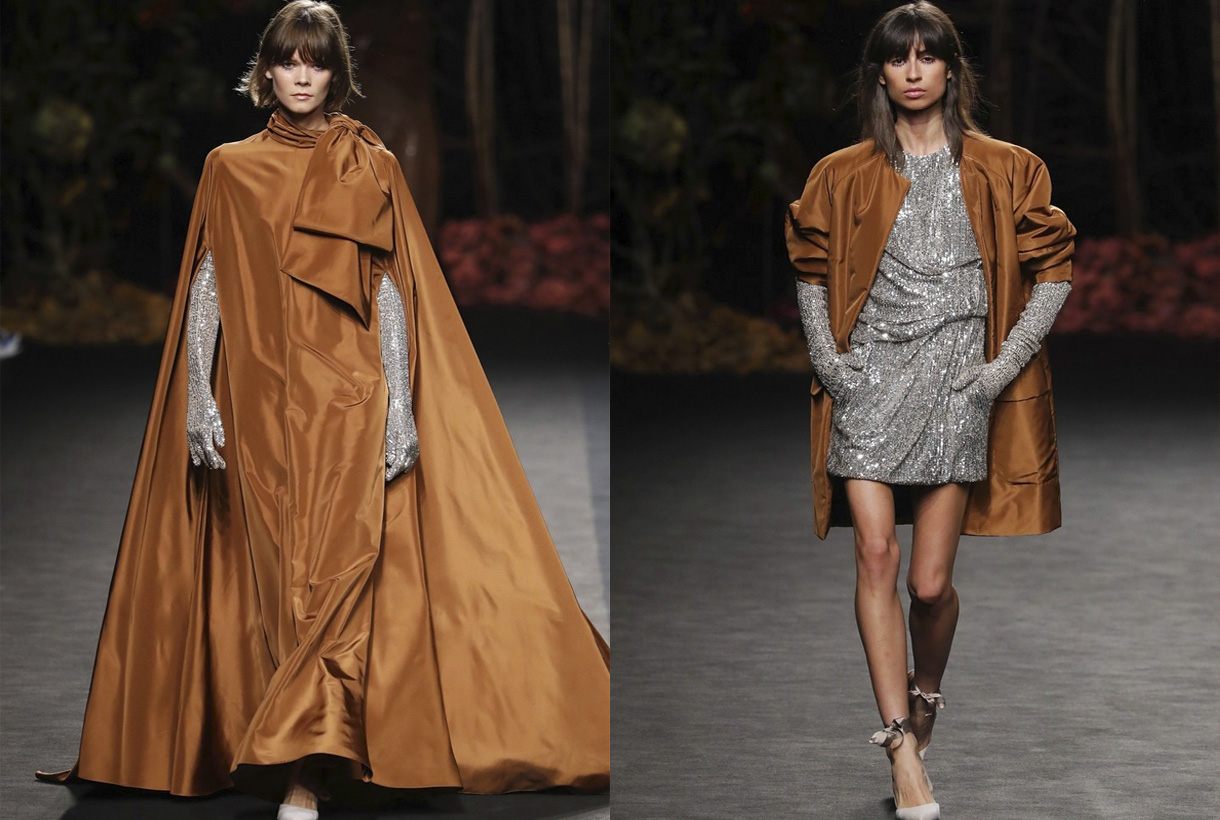
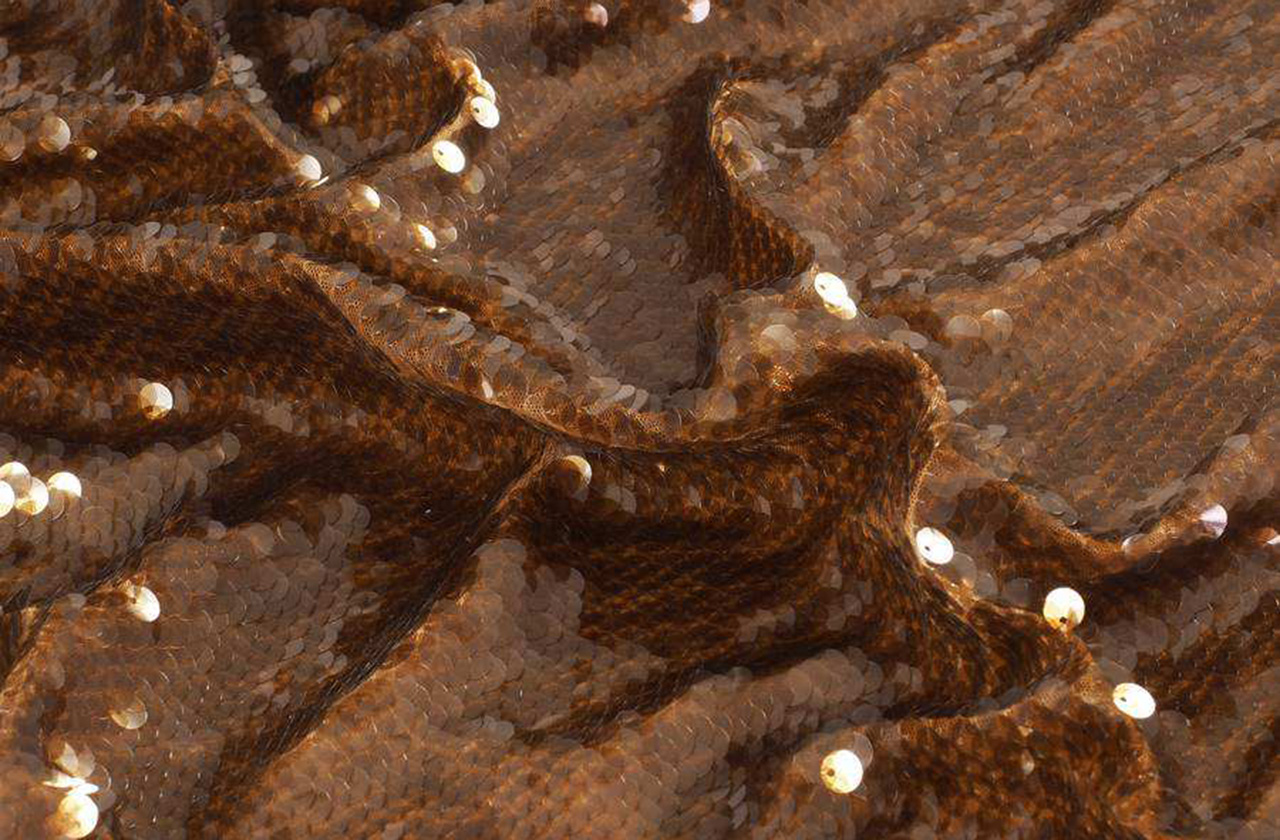

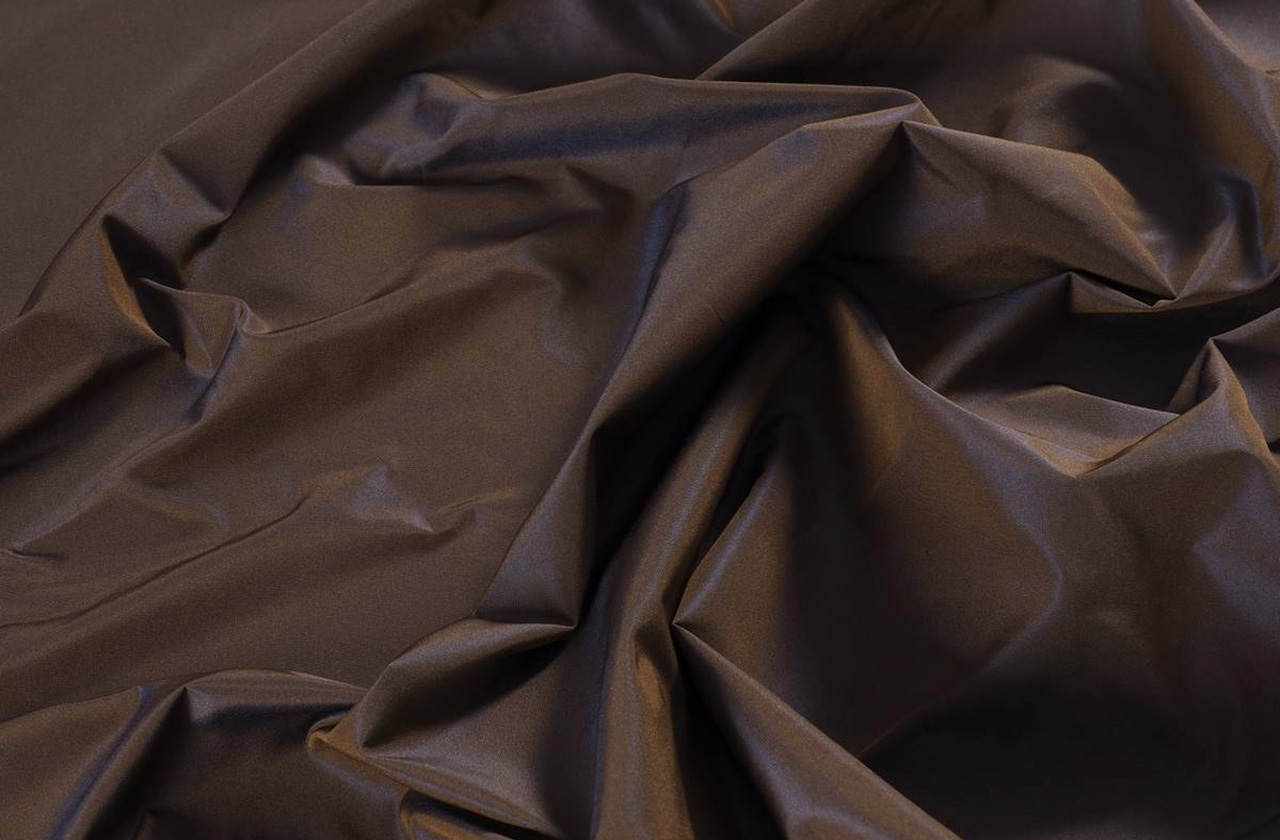
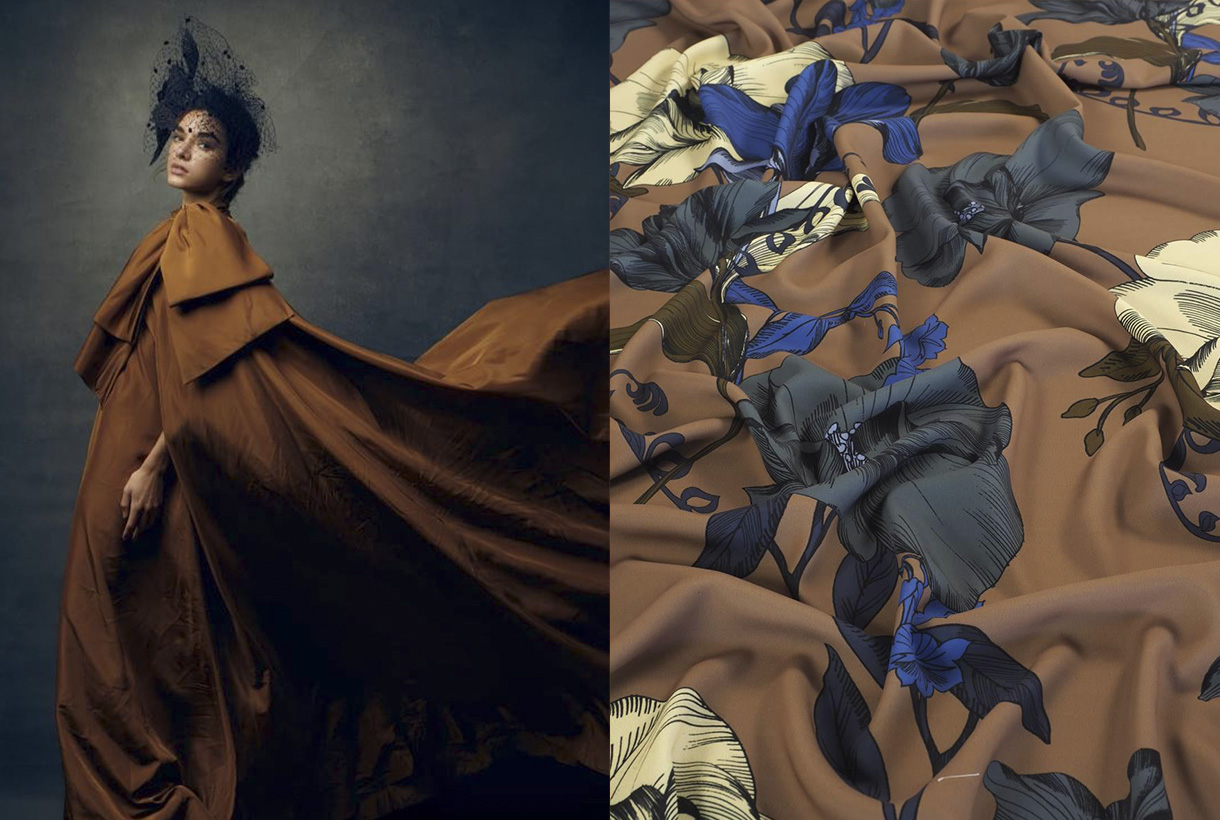
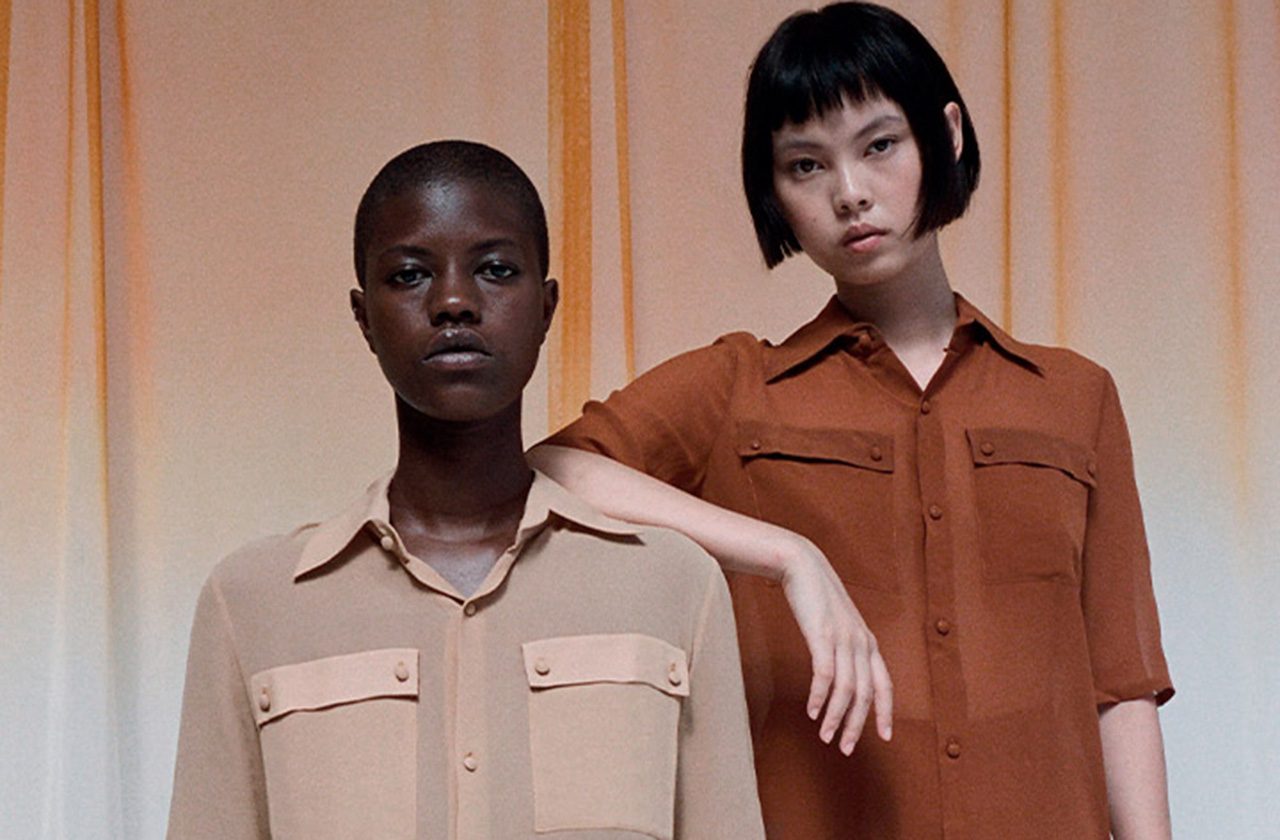
Mi�rcoles 23 febrero 2022
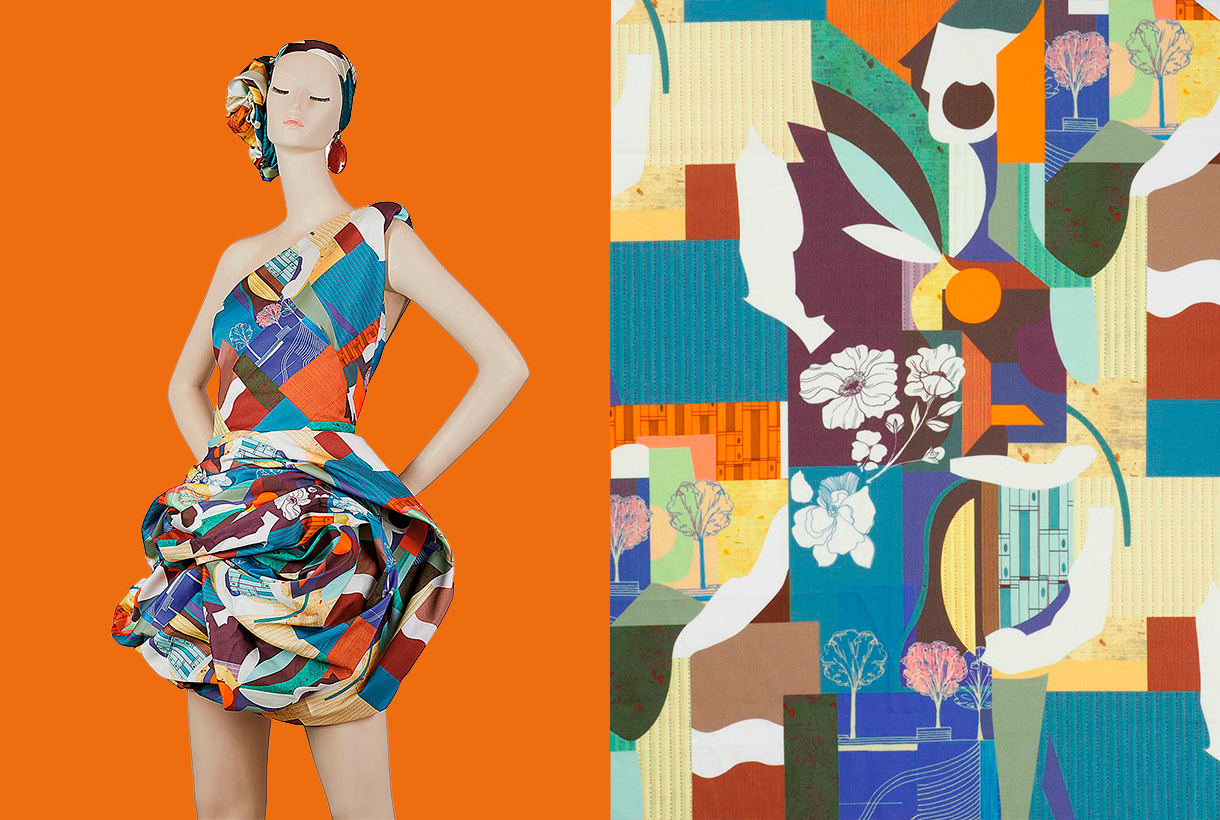 Go back, start and use for the first time. These are the verbs that we wanted to put into motion after liquidating the last winter season and presenting the new collection for next spring at Première Vision Paris. In this limbo of past and future proposals, we can only talk about the present, in this case the spring-summer 2022 collection that we are eager to show in all its splendor through the catalogue, the online store and our physical space in Barcelona.
Go back, start and use for the first time. These are the verbs that we wanted to put into motion after liquidating the last winter season and presenting the new collection for next spring at Première Vision Paris. In this limbo of past and future proposals, we can only talk about the present, in this case the spring-summer 2022 collection that we are eager to show in all its splendor through the catalogue, the online store and our physical space in Barcelona.

Roughly…
We start the season inspired by a quote from the Israeli historian and philosopher Yuyal Noah Harari : “This storm will pass, but the decisions we make now could change our lives in the years to come.” This phrase marks the course of the collection because, without neglecting the contributions of the past, our eyes are fixed on the future and on the path we have to follow to explore new territories without losing our identity.
“This storm will pass, but the decisions we make now could change our lives for years to come” – Yuyal Noah Harari
 In the context of uncertainty that we have had since the start of the pandemic, we have seen people cling to solid values such as security and trust. For this reason, the textile proposals that we present this season will focus on articles that reassure, calm, do not disappoint and, above all, are durable. We are not interested in the frugal or the unstable. This season, colour is the catalyst that will bring consumers back to the world of design and trust in it. For this reason, colour is essential to shape fabrics and plays a key role in defining new proposals. From neutral tones, to their brightest reverses, through blues and greens to bright pinks and oranges.
In the context of uncertainty that we have had since the start of the pandemic, we have seen people cling to solid values such as security and trust. For this reason, the textile proposals that we present this season will focus on articles that reassure, calm, do not disappoint and, above all, are durable. We are not interested in the frugal or the unstable. This season, colour is the catalyst that will bring consumers back to the world of design and trust in it. For this reason, colour is essential to shape fabrics and plays a key role in defining new proposals. From neutral tones, to their brightest reverses, through blues and greens to bright pinks and oranges.
In general terms, we present to you a season that we would like to be tranquil, brimming with calm, joy and optimism, but always guided by the need to make products that take into account the environment and the surroundings in which we live. Here below, we give you more details.

The colour softens
This season, colours are oxygenated and lose saturation to establish harmonic mixes and emotional combinations that calm and reassure. Neutral tones stand out, incorporating sparkles, transparencies and small brushstrokes of colour in blue, pink, green and yellow. The soft and delicate tones provide a contemporary vision and are understood discreetly, without excesses or additions.
If we discussing precisely, we highlight the beige colour of kraft paper, the white that helps us to work shapes and volumes, and the black that we will use to add sophistication and create total looks with designs of great graphic impact. As happier tones, within this palette of fresh but less saturated colours we highlight millennial pink, blue in its most multifaceted, versatile and adaptable version, and green that brings us closer to nature and continues to play a leading role in fabrics from the season. As a counterpoint, we highlight the optimism of lime yellow, attenuated orange and coral that are perfect for refreshing and adding light to items. These tones are mixed with an antagonistic hue: turquoise in a refreshing and unique combination.
Lastly, the colour will also be worked on in different ways: in plain, two-tone or multi-colour versions for a liberating and stimulating effect.
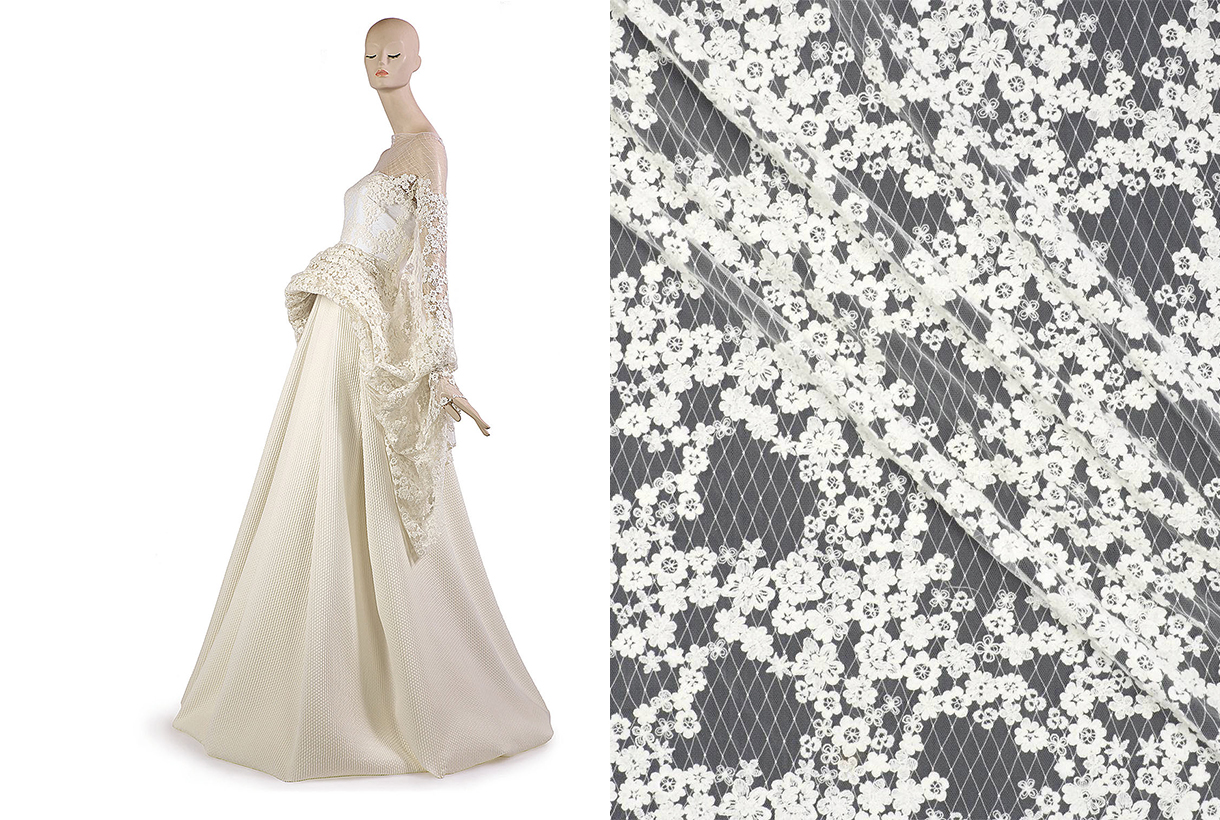
Huggable fabrics and commitment to sustainability
This season we highlight natural fibres that are involved in resource management and also recycled and regenerated synthetics. Specifically, we will work with BCI cottons, FSC viscose, tussah silk, undyed natural linens and recycled polyesters, some of them obtained from used plastic bottles.
In the spring-summer 2022 collection we want to enjoy simplicity for a more comfortable, minimalist and beautiful type of fashion. To do this, we will use gazar, voile and organza in neutral tones, gently differentiated between them, which will define the lightness of the fabrics. We want to produce that fresh and affectionate component, like a tender hug. We will also work with fil coupé techniques that connect us with a modern romanticism and weave structures with soft contrasts for simple beauty.
“We want to enjoy simplicity for a more comfortable, minimalist and beautiful type of fashion”
 Within the collection we highlight clean-looking matte poplin and satin, classic weaves, embossed reliefs inspired by cardboard packaging, Jacquards with geometric structures in rhythmic repetition, summer tweeds with thick yarns and piqués for structured weaves. This season the rustic aspect is also plays a leading role and through the fabrics we want to achieve a tactile rusticity through fancy yarns.
Within the collection we highlight clean-looking matte poplin and satin, classic weaves, embossed reliefs inspired by cardboard packaging, Jacquards with geometric structures in rhythmic repetition, summer tweeds with thick yarns and piqués for structured weaves. This season the rustic aspect is also plays a leading role and through the fabrics we want to achieve a tactile rusticity through fancy yarns.
Within the collection we highlight clean-looking matte poplin and satin, classic weaves, embossed reliefs inspired by cardboard packaging, Jacquards with geometric structures in rhythmic repetition, summer tweeds with thick yarns and piqués for structured weaves. This season the rustic aspect is also plays a leading role and through the fabrics we want to achieve a tactile rusticity through fancy yarns.
The season is also characterized by proposals with an irregular appearance through inspiring wrinkled fabrics and natural finishes, with other lighter ones such as precious organza that covers the body creating volumes without excesses, voiles that are worked in layers, gazar that provide the appropriate transparencies and sensual cotton satins that can be either plain or printed.

Refined designs that still bear the floral gardens
In general terms, the fabrics will be expressed without decorative excesses through serene geometries and visible contrasts, but without visual noise. It is not a season of excesses or shrillness, quite the opposite. We are inspired by the ethnic and folk style from a stylized and refined point of view. In terms of prints, there are fabrics that welcome abstract strokes with brushstroke details. Also the stripes with a manual stroke and the checks persist, but in their freer version.
In spring, flowers cannot be missing, and this season will not be an exception either. A walk through the country gardens brings us renewed inspirations for a new creative spin on these prints that use flowers and leaves, chosen for their particular shapes, inspiring textures and surprising colours.
Finally, it should be noted that we continue with our commitment to sustainability, which began in previous seasons and is here to stay. Our collection uses regenerated and recycled yarns with European certificates and this helps to reduce the environmental footprint of textile production: BCI cotton, regenerated cotton, tussah silk, linen, FSC viscose, New Life and recycled polyester, are some of the yarns present in this new spring-summer 2022 collection that we have just launched. Brand new, this verb that we like so much…
We invite you to discover the entire collection in our shop online!


Martes 21 septiembre 2021
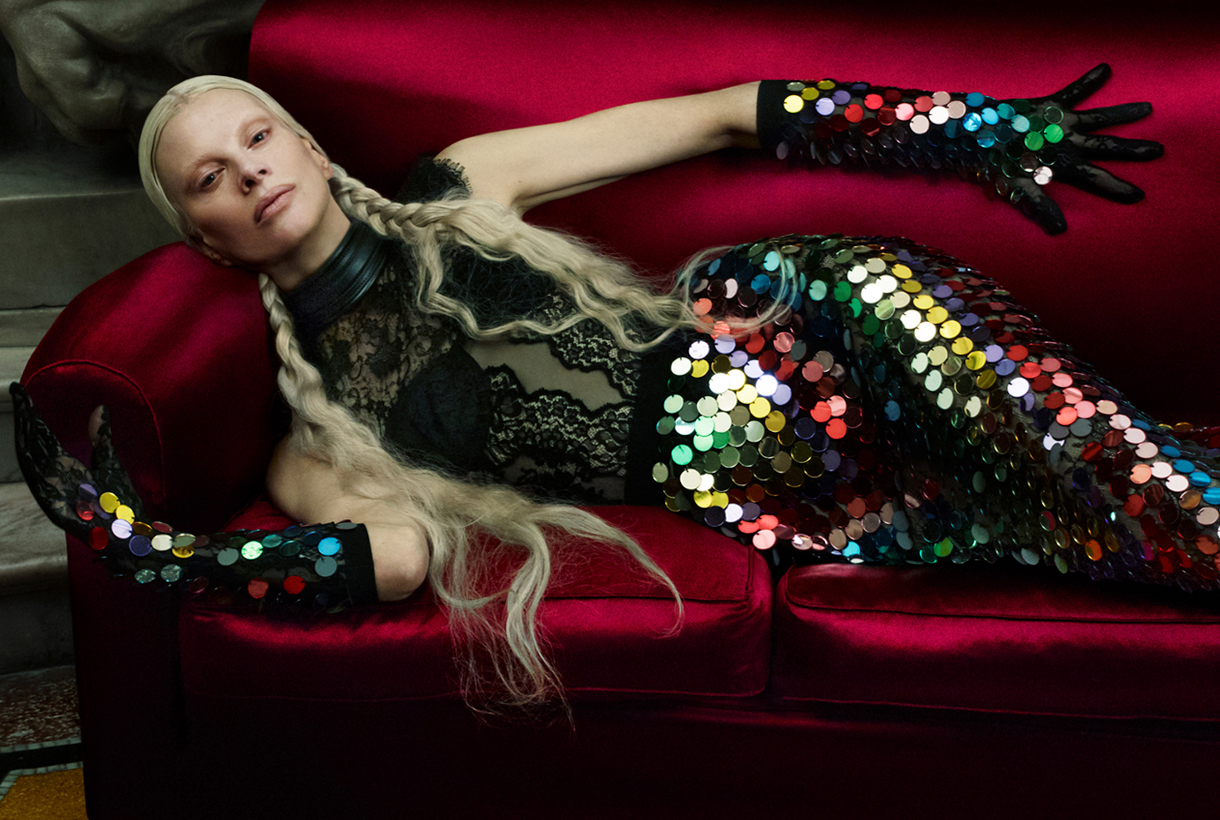 Little by little, it seems that we return to a certain normality. And an indicator of this is our physical participation in Première Vision Paris. This fair that takes place twice a year is one of the most specialized and influential in the world for manufacturers of fabrics. Exhibitors present all the new collections coming one year ahead. This year, Gratacós is present again to kick off one of our most special proposals: Autumn- Winter 2022/2023. We say that it is “special” because the pandemic is representing a year of great challenges for the company to maintain creativity, production and sales , without overlooking innovation and sustainability that characterizes our business.
Little by little, it seems that we return to a certain normality. And an indicator of this is our physical participation in Première Vision Paris. This fair that takes place twice a year is one of the most specialized and influential in the world for manufacturers of fabrics. Exhibitors present all the new collections coming one year ahead. This year, Gratacós is present again to kick off one of our most special proposals: Autumn- Winter 2022/2023. We say that it is “special” because the pandemic is representing a year of great challenges for the company to maintain creativity, production and sales , without overlooking innovation and sustainability that characterizes our business.
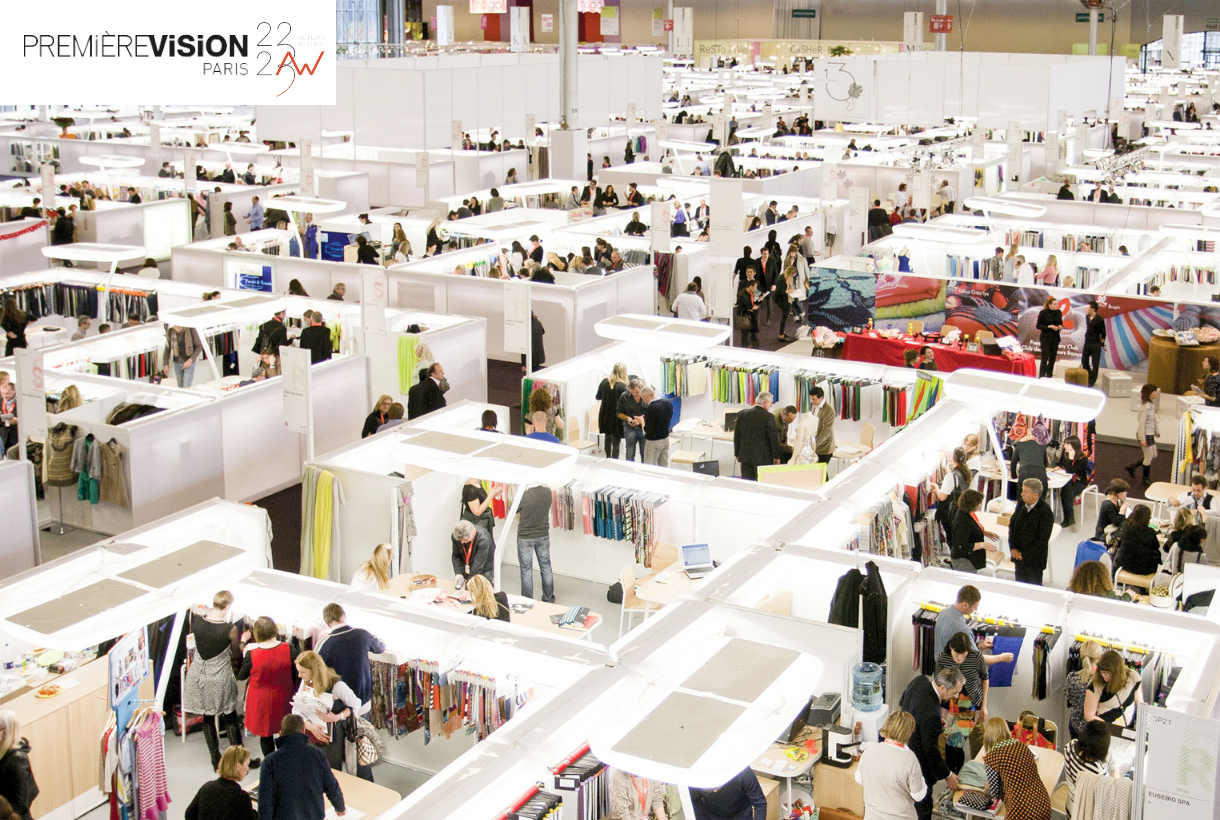
Broadly speaking, the new collection is a solid and choral proposal, which shows our desire to work and continue advancing through the generation of ideas, the creation of creative products and the investigation of new trends. A proposal based on the strength of colour, print and designs with great visual presence. We play with contrasting tones, unique prints and add an extra touch of fantasy because we believe that it is more necessary than ever. To do this, we mix flowers of different shapes and styles with geometric motifs , handicrafts, surprising textures, simplified neo Pucci motifs and neo William Morris with spacious backgrounds. All this to create a surprising game of harmonies, colour, light and tone that we believe will leave no-one indifferent.

The hug as the backbone
“We feel like going out and showing our joy, energy and positivity,” assures Rosa Pujol, creative director of Gratacós. Under this first premise, the Fall- Winter 22/23 collection has been structured, even more than usual on quality, fantasy and luxury. Show to surprise others and to surprise ourselves, is a maximum requirement now in capital letters.
And in this desire to show the fanciful side of fashion, the mother concept that underpins the entire proposal for next winter intervenes: the hug. The symbol of the union of affection and of brotherhood among people, most evident in unstable times like we are experiencing. To hug is to embrace with arms, reach out, understand, restrain, and even include. The creeper plants also hug the logs and facades of houses. And we liked that concept that unites and creates a feeling of sympathy. Aesthetic and visual. In fact, it is a collection designed to embrace multiple markets and different occasions through versatile and surprising items.
“We feel like going out and showing our joy, energy and positivity”.
Rosa Pujol,Gratacós creative director

Embrace materials
The Autumn- Winter 2022/2023 collection embraces craftsmanship. The thick yarns, the obvious braiding and the hand-made finishes. It is also a season where texture communicates by itself through complex folds, 3D effects, opaque transparencies that hint without showing, and precious embossing that surprise by their lines and shapes.
This season, the creative team also aims to stimulate new sensibilities by bringing together two fabrics that a priori are not compatible with each other to create daring aesthetics in the same outfit. It is about daring through complementary items that together create compatible chromatic harmonies. Another characteristic of the season is the commitment to the brightness that the night jump gives to establish itself during the day through surprising fabrics that seek a subtle and fantasy point of light that is 100% wearable. Simple, but sophisticated.

Embrace colour
Colour, more than matter, is light and is developed conscientiously this season to achieve very attractive results. A luminosity that makes us look better on the street. The collection works from the primary tones, through graphic prints , to the palette of metallics such as gold (solar energy) and silver (lunar energy) , mixed together.
As usual, in Première Vision Paris, three colour ranges will be presented. The first corresponds to a luminous band governed especially by radiant yellows and warm browns. The second card is the middle card with vibrant tones that go from oranges to blues and greens, to finish with fuchsias. Finally, the last letter corresponds to the neutrals and the duller tones, considered more masculine. A very interesting range that offers a great possibility of combinations as it is versatile and timeless.

Embrace nature
The Autumn- Winter 2022-2023 collection tries to strengthen the ties between man and closest nature through fabrics that refer to the beauty of plants. Garden inspiration returns through fabrics with plant motifs and country landscapes. As the writer and gardener, Jamaica Kincaid would say : “Gardens are spaces to connect us”. From Gratacós , the natural is also revalued with a commitment to the origin of the products and the raw material.
Finally, flowers also take over the collection in a particularly flowery winter. The flower is the protagonist of many of the fabrics with a variety of shapes, colors, sizes and arrangements.

Embrace geometry
Geometric motifs are very present in this coming season with fabrics that give a twist to the classics to attract the attention of the new generation of consumers: checks, polka dots, houndstooth or diamonds that are creatively combined to give new unexpected geometries.
In parallel, surprising combinations also arrive to generate all kinds of fantasies. The most extreme: combining two fabrics with graphic motifs that can be combined in the same outfit. Finally, although it is not an animal print season, in the next winter collection a fanciful item appears timidly such as a giraffe design Jacquard.


Mi�rcoles 08 septiembre 2021
 It was to be expected! Within its cyclical nature, fashion evokes fantasy after having spent almost two years stuck in comfort and austerity, two values influenced by the global pandemic. Remember that fashion is always a reflection of society. Thus, the reign of tracksuits, sweatshirts, pyjamas and slippers (whether they are at home or not), seems to be coming to an end with new inspirations that are postulated totally antagonistic: More luxury, more ornamentation and of course, more shine in festive garments and collections that cry out to escape from reality.
It was to be expected! Within its cyclical nature, fashion evokes fantasy after having spent almost two years stuck in comfort and austerity, two values influenced by the global pandemic. Remember that fashion is always a reflection of society. Thus, the reign of tracksuits, sweatshirts, pyjamas and slippers (whether they are at home or not), seems to be coming to an end with new inspirations that are postulated totally antagonistic: More luxury, more ornamentation and of course, more shine in festive garments and collections that cry out to escape from reality.
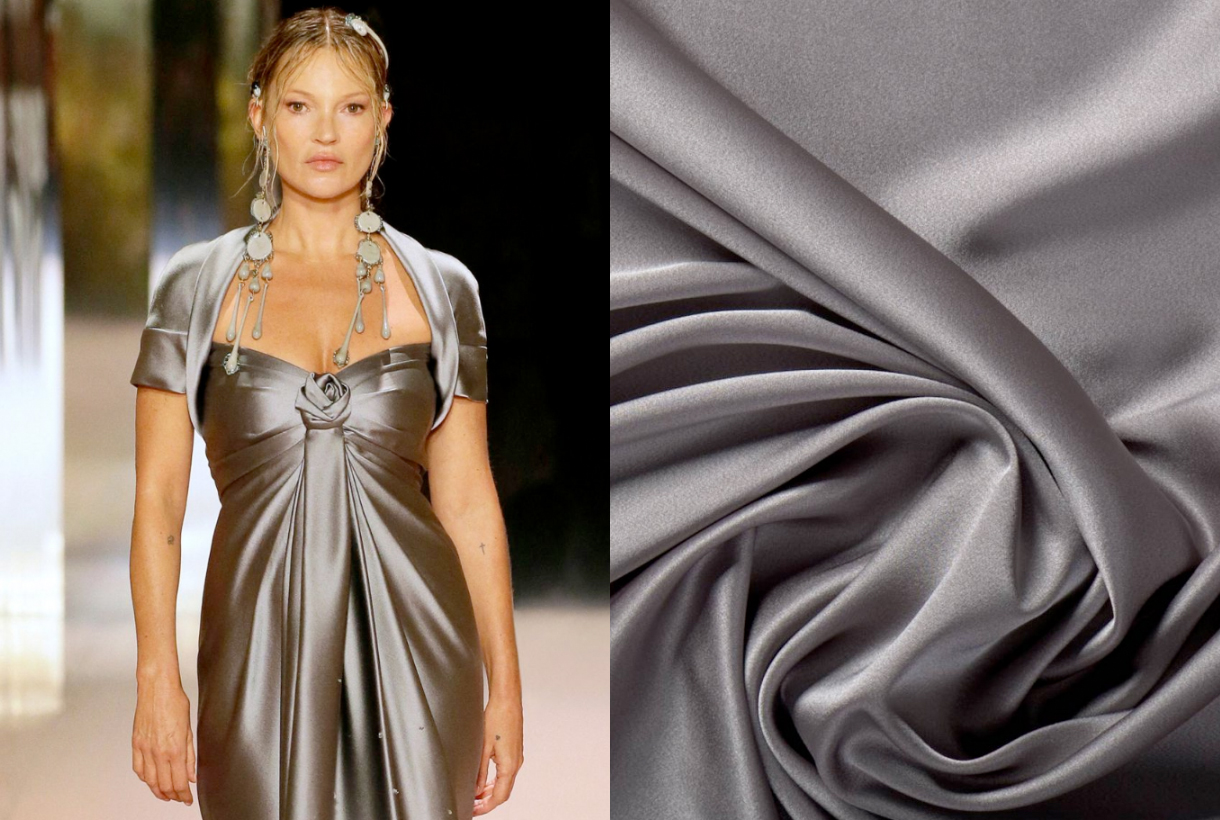
Of the three maxims, we want to focus on shiny fabrics as one of the trends that is going strong this Fall- Winter 21/22 season that we will premiere in September. Beyond the sequins that have had huge success as from now on and arrive in their most ostentatious version ( sequins on sequins in pants, jackets and voluminous dresses ), we want to talk about satin fabrics, one of the great bets of the new collections that we have seen in garments, shoes and bags and whose subtlety and sumptuousness continues to inspire us when it comes to making our fabrics.

It is curious how satin is one of the few fabrics that knows no limits in the wardrobe: it serves us both for winter and summer, or between seasons. Beyond its timelessness, its versatility also stands out because it admits infinite possibilities, making it an indispensable fabric in anyone’s wardrobe. Satin has a nice drape thanks to its fluidity and soft sheen. It is a silky fabric capable of transforming a style and allowing it to navigate between formal and casual. On the catwalk, we have seen it in a variety of garments and accessories for a long time, especially in slip dresses (inspired by lingerie nightgowns), romantic tops and blouses, light and flowing skirts, and even handbags.

A brief history of satin
Satin originated in China more than 2,000 years ago and come from silk. In fact, its name derives from Zaitun, a Chinese port famous for exporting satin. Although it was popular and highly desired in Greco-Roman culture, the consumption of silk satin spread in Europe in the Middle Ages towards the 12th and 13th centuries. Italy was the main exporting and consumer port. Satin captivated for its richness, fluidity and splendor, it was cheaper than silk, and was one of the fabrics most used in clothing for the privileged classes. It was also used in textiles to decorate grand castles and palaces. Satin was not popularized en masse, until the 19th century, after the Industrial Revolution and advances in the production and marketing process. This fabric also spread to other areas such as underwear. Then, satin became an affordable and versatile fabric, that could emulate the softness, richness and elegance of silk.

During the 20th century, satin conquered the sexiest and most chic clothing of the old Hollywood actresses. It was seen through lingerie dresses that were a scandal in their time for their daring. Some examples: the actress and sex symbol, Mae West wore in 1937 a satin dress adorned with flowers on the shoulder that marked her curves or could not go unnoticed. Also iconic was the tight white dress that sculpted Marilyn Monroe’s silhouette in ‘Gentlemen Prefer Blondes’ (1954) or the strapless outfit with lace motifs worn by Elizabeth Taylor in the movie ‘ Butterfield 8’ .
Decades later, the development of synthetic fabrics made satin even more affordable, bringing it into mainstream fashion. Since then, satin has transcended beyond a seasonal trend and has become a regular and staple fabric in everyday wardrobe.

Satin is not always silk
Although it may seem like it, satin is not always silk. It is actually a type of weft and not a fibre. In satin fabric, at least four weft threads are woven over one warp thread. Traditionally, satin has a shiny side and a duller side and can be made from different fibers, such as nylon, rayon, polyester, and even used silk. So it can be natural or artificial. In any case, it is a fabric that is characterized by its shine and softness. This makes it a star fabric for multiple applications, from fashion outfits to home décor.
Discover the new silk satins in our Gratacós space or in the online store. Click here 


 The bridal sector is in the process of transformation to adapt to the comings and goings imposed by the restrictions of the pandemic and the easing of lockdown phases. The coronavirus crisis has exploded directly and overwhelmingly, affecting all sectors: from restaurants, beauty centres to the textile sector. And for a year now, the world of wedding ceremonies has been stepping on the accelerator to adapt to these precipitous changes.
The bridal sector is in the process of transformation to adapt to the comings and goings imposed by the restrictions of the pandemic and the easing of lockdown phases. The coronavirus crisis has exploded directly and overwhelmingly, affecting all sectors: from restaurants, beauty centres to the textile sector. And for a year now, the world of wedding ceremonies has been stepping on the accelerator to adapt to these precipitous changes.
The data speaks for itself: in 2020 around 125,000 events were postponed, according to data from the Association of Wedding Professionals of Spain (A PBE). Each of these cancellations has led to losses of about 25,000 euros and a total of 2 million jobs that could not be generated. Today, it is very difficult to predict when normality will return in the bridal sector: the pandemic and its consequent economic crisis will again generate uncertainty in 2021, and it is very possible that it will disrupt the calendar for the next two years.
Within the textile sector, our main concern, the absence of new brides and the decrease in the number of guests at weddings, which are currently a lot more smaller and intimate, has led to a reduction in purchases of wedding dresses and also of raw materials, that is, fabrics. Reductions that have also harmed by extension wedding guest outfits and evening wear.
Therefore, given this process of change and adaptation to the current situation, will it modify the traditional aesthetics of the dresses, the way of buying them or the amount of money that the brides invest?
It is not easy to know where the sector will go, but from Gratacós we continue to offer our bridal fabrics to all brides who are committed to getting married in these difficult times. As fabric manufacturers who analyze the large firms and specialized designers, we forecast some trends in dresses for brides of 2021 and 2022.

-
The traditional bridal aesthetic loses strength
The traditional bridal aesthetic is maintained, but loses its steam. This trend is due to two factors: brides, both millennials and the first generation Z, prefer to break with the classic, daring with new silhouettes that go beyond the one-piece dress, such as the tailored jacket, whether it be either with trousers or with a tube skirt. An opportunity to blur the classic conceptions about how a bride should be dressed. On the other hand, the more intimate, private and informal celebrations influence the wardrobe with more relaxed outfits that avoid the rigid and corseted.
In terms of styles, two antagonistic trends converge: the return of minimalism with its elegant simplicity versus overloaded romanticism. The first style involves plain dresses with clean, structured and reusable lines. If the economy in 2021 and 2022 will be more austere, it is consistent that this shall be reflected in wedding dresses. This minimalist trend is also committed to simplicity and comfort through pieces that facilitate movement and can be adapted in multiple contexts. At the other extreme, the romantically inspired dresses with their volumes, overlays, lace and ruffles refuse to disappear. A type of outfit for dreamy brides who want to enjoy their wedding in a memorable tailored dress. These dresses are rich in fabrics with special attention to those that provide greater opulence: tulle, embroidery, ornamental effects, floral applications …
If it is true that, halfway to minimalism and opulence, there are endless proposals that balance the scales with dresses that merge the two trends and go out of their way for the detail that is perceived in the pleats, in the drapes, the details on the shoulders or unexpected openings. Also gaining importance are dresses with volume and wide skirts through patterns which expand at the hem to give them more prominence
In parallel, in recent years ready-to-wear collections have emerged that complement the dress with much more informal and versatile pieces. These can be custom-made or mass-produced. There is also an upward trend in vintage accessories that give a new retro to the bridal look. For autumn and winter weddings, outerwear has found a new source within instability: capes, cardigans, coats in the same fabric as the dress …, as well as various accessories that adorn the bride.

The detail is what matters. Regardless of the bridal style chosen, there are some trends that have taken hold in recent years. One of them has to do with the sleeves that are taking centre stage in wedding dresses. Long sleeves, puffy sleeves, tightly gathered at the elbows or cuffs, puffed sleeves, and sleeves with very pronounced shoulders are worn like blazers inspired by the 80s.
As for collars and necklines, pronounced cuts coexist with closed ones and overlays gain importance. In turn, the reign of flowers is threatened by a new detail that is gaining presence in more and more bridal designs: feathers. A resource that adds elegance, delicacy and movement to the wedding dress. Finally, something curious we want to mention that we have perceived within the Baroque style: the veil is back in fashion and everything indicates that the trend will continue and increase in the coming years.

As textile manufacturers, in Gratacós we have a specific collection , which is renewed every year, so brides can order their own design of dress. In terms of consumer trend, we do see certain changes. Organza is one of our star fabrics if we take into account that the most popular wedding dresses are those with volumes, layers and transparencies. This organza is worked with embroidery, net lace and even 3D flowers. Crepes with rustic touches, wrinkled-effect fabrics and brocades also gain relevance. In fact, there is a growing demand for handicrafts and a return to details such as trimmings and embroidery. At the other extreme, satin fabrics are ideal for plain, lingerie-type dresses.
Come to our shop in Barcelona to discover the new collection of bridal fabrics!




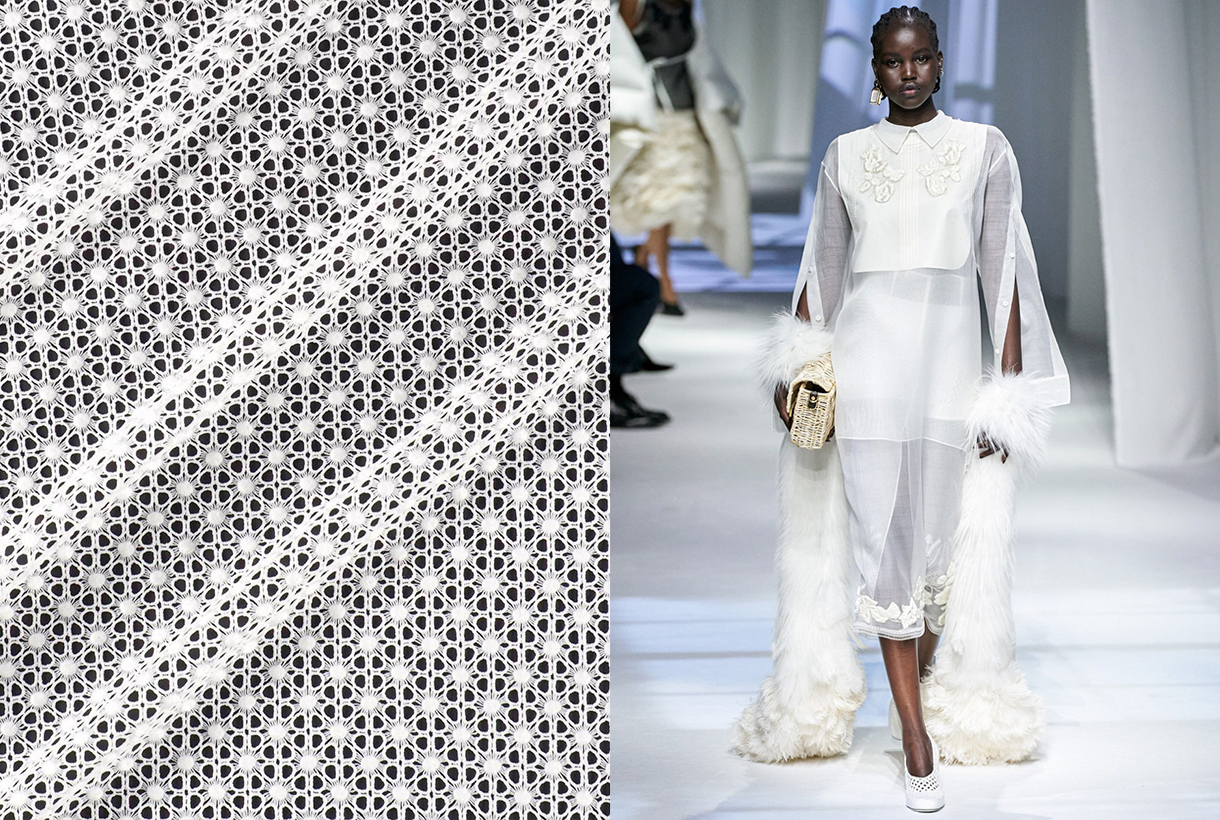

Sorry, this entry is only available in Español.

And after Madrid it was the turn of the fashion week in Barcelona with the new edition of 080 Barcelona Fashion held, as usual, in the Modernist Venue of Sant Pau. This year the Catalan catwalk did not have as many designers or brands as previous editions, but the initiative covered these local absences by reaffirming its commitment to international companies and the inclusion of new exhibition formats of the collections that adapt to the needs of the smallest of small designers. Once again at Gratacós we are following some fashion shows of designers who rely on our fabrics to come up with their proposals for the next Autumn-Winter season. These were the most hunted looks!
Eiko Ai
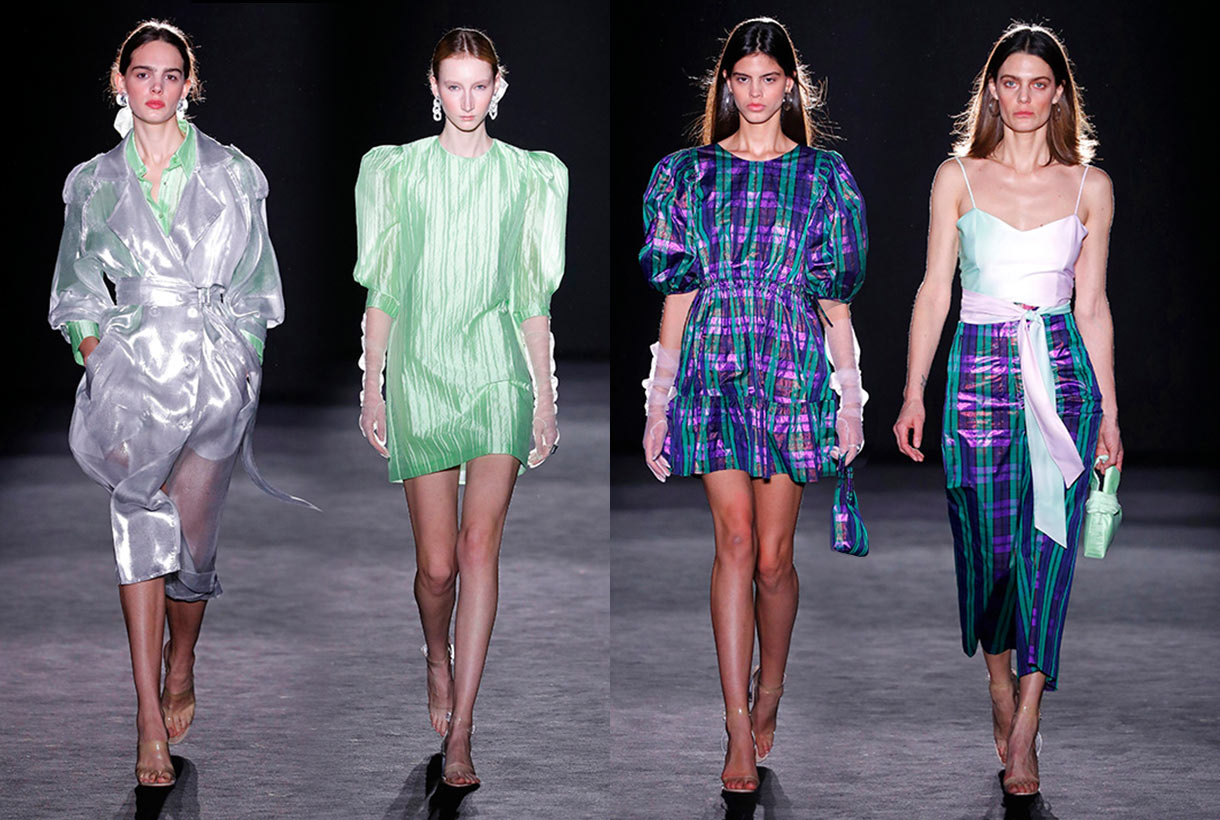
This young Barcelona firm debuted on the Catalan catwalk with ‘Quantum One’, a collection inspired by quantum energy and the unity of the cosmos that represents an evolution of its previous proposal. It was a feminine creation with a galactic theme, where several Gratacós fabrics were on display in a range of textures and transparencies: organza, flocking, jacquards, metallic finishes, sequins, technical fabrics, steams, satins and crepes combined with floral and geometric-inspired drawings with a print that precisely evokes those magical worlds.

The stars and flashes of the Milky Way influenced the colour palette with shades full of light, artificial colours, lilacs, mints and off-white looks. From out of the immense darkness of space emerge jet black and midnight blue. And from the planets and cosmic materials come the reds, nudes and deep pinks.
En su conjunto, Eiko Ai designed a whole collection inspired by a daring and feminine woman with delicate designer clothes and a contemporary spirit which stand out for their artisanal creativity as well as for the quality of materials and local production.
Menchén Tomàs
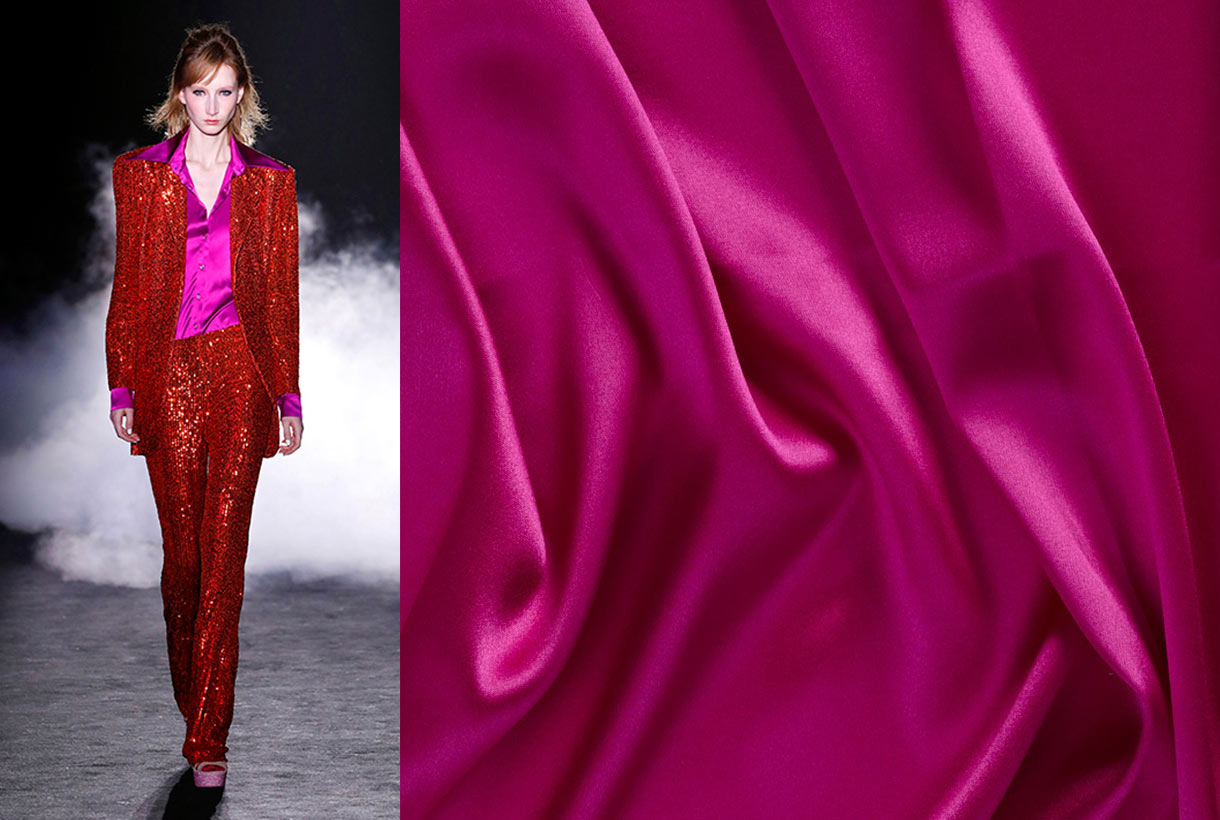
The sophisticated note of the latest editions of 080 is added by Menchén Tomàs. This time Olga Menchén was inspired by the busy night-life of Manhattan in the 70s, just at that time of sunset, when lawyers, brokers and office workers have left the streets and when with nightfall other characters appear on the scene, from diverse classes, cultures and origins such as millionaires, the homeless, artists, DJs, pimps and prostitutes … A mixture of disco, decay, drugs, the gay scene, the mythical Studio 54…

To shape this amalgam of people and nocturnal inspirations, Menchén Tomàs came up with a creation full of flared trousers, sleek jackets, billowing short dresses, oriental-inspired pieces, never-ending collars, embroidery, bias and lace finishes. They highlighted fabrics that radiate light, others hand-produced and embroidered, together with unique prints.
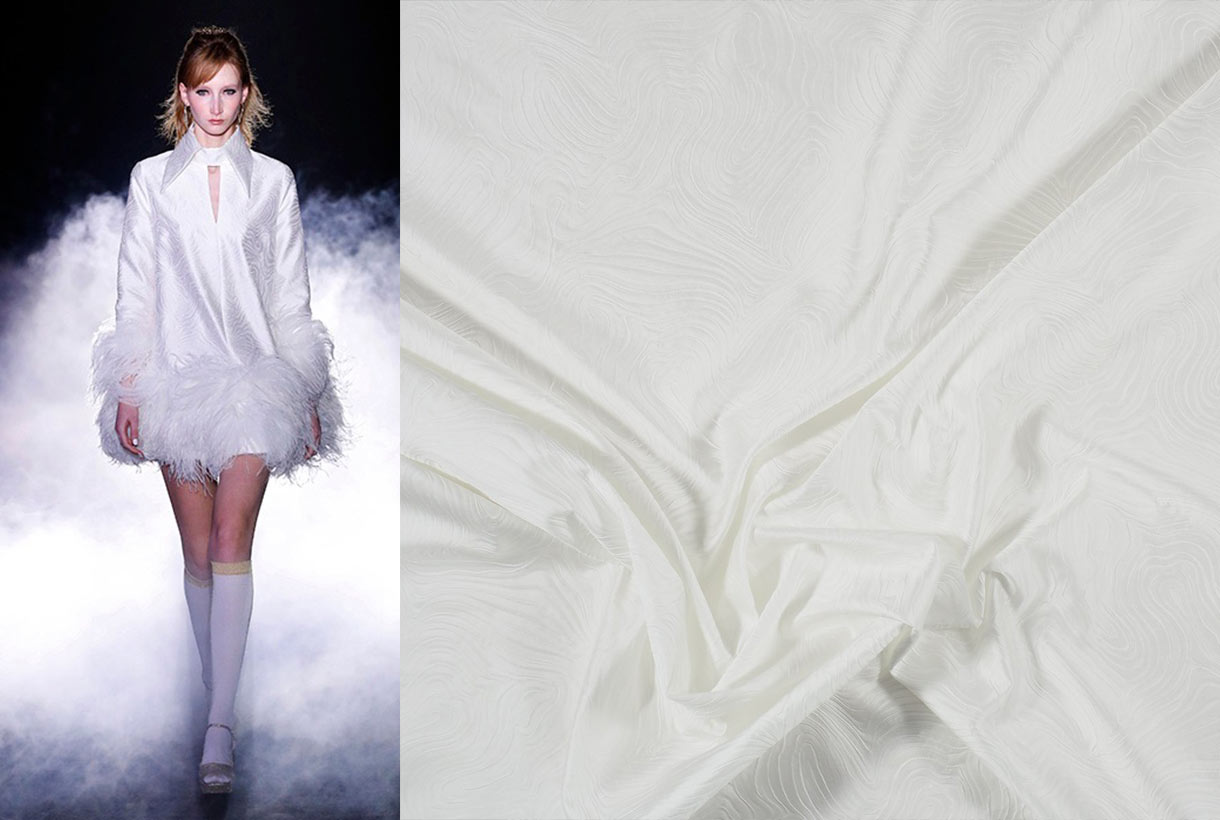
The colour palette used was intense and contrasted with impossible mixtures of great visual impact: pistachio green with fuchsia, pink with purples, glitters, sequins, and, of course, black and white.
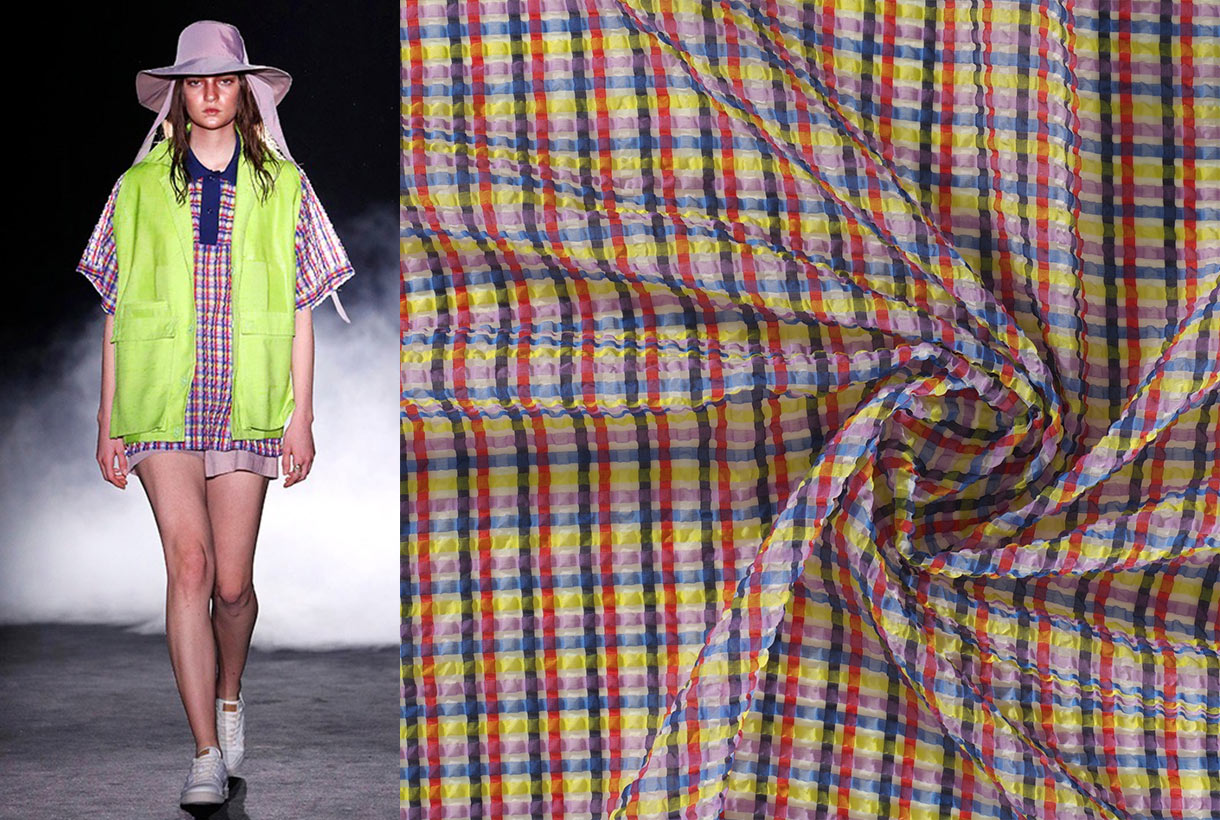
Juanjo Villalba
Juanjo Villalba Bermúdez opened the last day of 080 dedicated to capsule collections presented in more free and open formats than in traditional parades, with more scope for the creativity of each designer via presentations that resemble artistic performances. This designer took advantage of his participation in the Catalan catwalk to present his personal project: ‘Emotional mythology’ through 12 looks which at first sight seem unrelated but whose detail maintains their essence. Each look represented a love story told through the costumes and where each model represented a divinity. At the end of the parade attendees could view the collection from close-up and touch the garments directly.
Emotional Mythology was Villalba’s letter of introduction as a designer -before that he was working in fashion marketing- and it was a throw of the dice which opened up new professional opportunities in the fashion industry.
Mi�rcoles 05 febrero 2020
Sorry, this entry is only available in Español.

If anything has defined us since our beginnings, it is our firm commitment to the windows that decorate the shop we have in Barcelona. We are aware that they are our cover letter, the first visual point of attraction and “conquest” of the customer and represent a unique opportunity for designers’ creativity to flow hand in hand with our seasonal fabrics, creating dreamlike scenarios. Faced with this expectation, who can resist letting the imaginative madness of current fashion designers flow? Moreover, we like them to experiment, surprise and captivate us at first sight. An innovative staging of Gratacós fabrics in combinations that exceed our expectations. Moreover, the more disruptive the shop-front is, the better!
In 2019 we had the support of several artists who left their mark via our shop windows and to close last year, we want to recall them with a small tribute. Do you have any favourite? What did you like most? We review the most prominent:
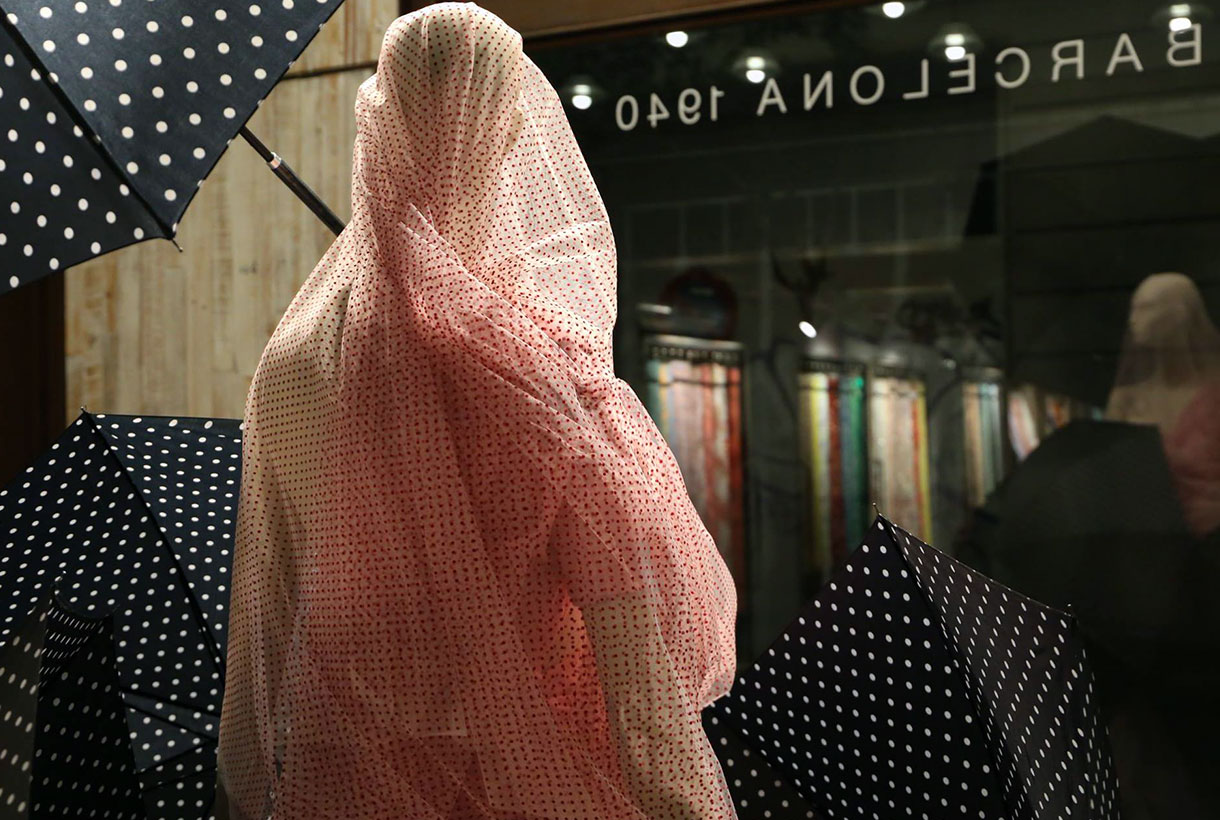
February 2019. Rainy weather
Rain was the main feature of the most ephemeral month of the calendar in a work signed by Antonio Iglesias.The Barcelona interior designer wrapped the mannequin in a delicate plumeti tulle in pale pink to give it a fragile and nostalgic hue, in contrast to the black umbrellas with polka dot pattern that accompanied the model. A colour contrast with the same common denominator: patchwork.

March 2019. The floral awakening
The beginning of spring marked the theme of a floral showcase that coincided with the presentation of the new fabric season. Antonio Iglesias captured the essence of all this renovation via a shop window in pink tones in which a tulle curtain with inserted petals surrounding the mannequin stood out, dressed in one of the most successful floral crepes from the last collection.

April 2019. Bridal Moulage
April is the month of brides and at Gratacós we reserved this shop-front for one of the winners of the moulage competition among IED Barcelona wedding dress design graduates. A unique opportunity to publicize the work of the new generations in bridal design. In this case it was the student Katia Combatti who developed a spectacular wedding dress with large volumes on the sleeves, following the steps of this unique cutting and sewing technique.

May 2019. Fashion illustrated
When fashion dialogues with other disciplines such as illustration, you can find creatives as fascinating as the one that Joel Miñana prepared in order to showcase the month of flowers. The renowned Catalan illustrator, capable of capturing the essence of fashion moments that escape photography, showed how he wanted the mannequin to be dressed: with textured fabrics contrasted in greenish tones and modern complements. Just take a look at the results!

June 2019. Brain & Beast Essence
Ángel Vilda, designer and most visible face of Brain&Beast transformed the Gratacós shop-front into one of his creative illusions, marked by the criticism and dualities that his rebellious streak loves to play with. There was no lack of elements of popular culture, contrasting colours and a luxury of detail that is part of the unique Brain & Beast universe. Anyone who is familiar with them knows full well what to expect…
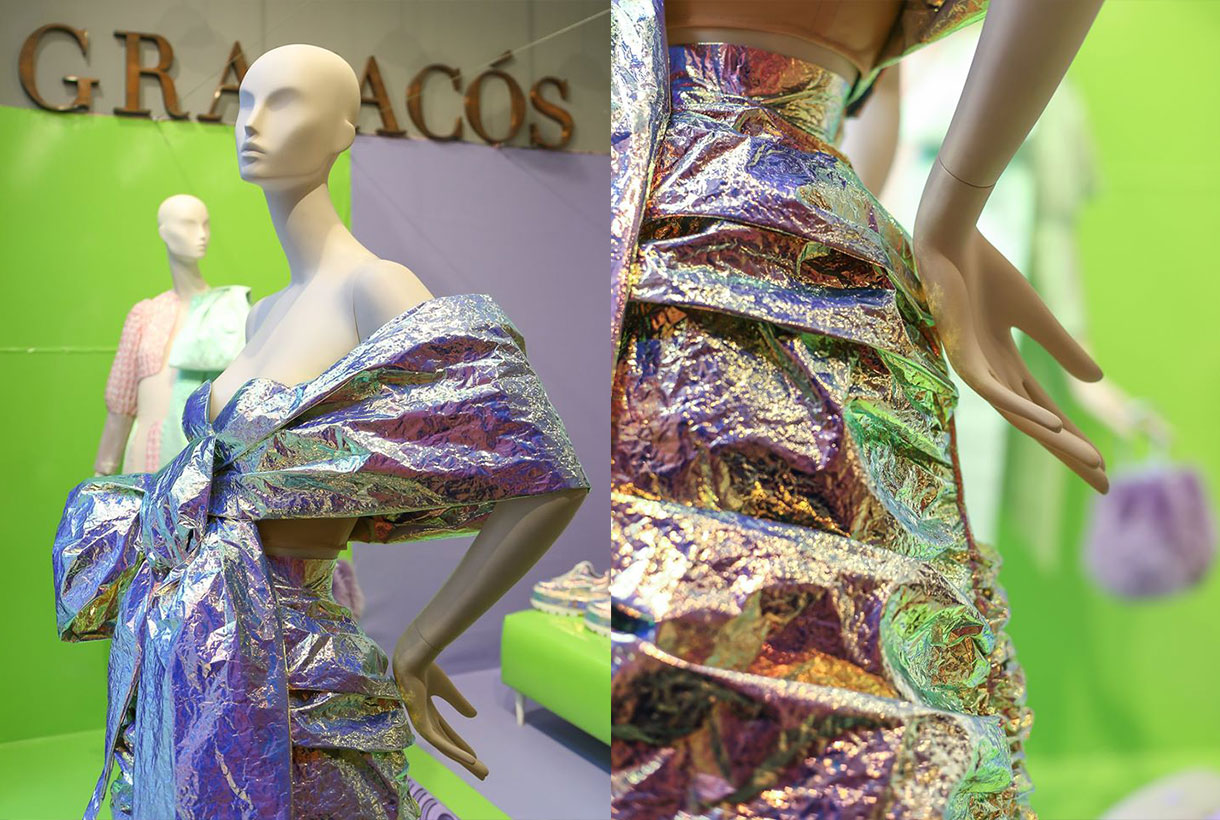
September 2019. The Dominican Harajuku Kids
2019 has been the year of take-off for Dominnico. Apart from his collaborations with Rosalia, the young designer from Alicante, in July he won the Mercedes-Benz Fashion Talent award from among the young companies that parade in the EGO of Cibeles. The award-winning ‘Harajuku Kids’ collection, inspired by the histrionic urban tribes of Japan, was made with some of the most special fabrics from the last spring collection. The shop-window reproduced some of the key looks of this surprising creation.

November 2019. Youth Eclecticism
At Gratacós we like to give an opportunity to new talent. That is why our shop-front is also sometimes an experimental support where it is the young talents who set their own limits. Design students from the Institut Català de la Moda (ICM) created an eclectic showcase of some of their most identifying outfits with amazing fabrics from the current autumn-winter 2019/2020 collection. A creation that was both fresh and eclectic.
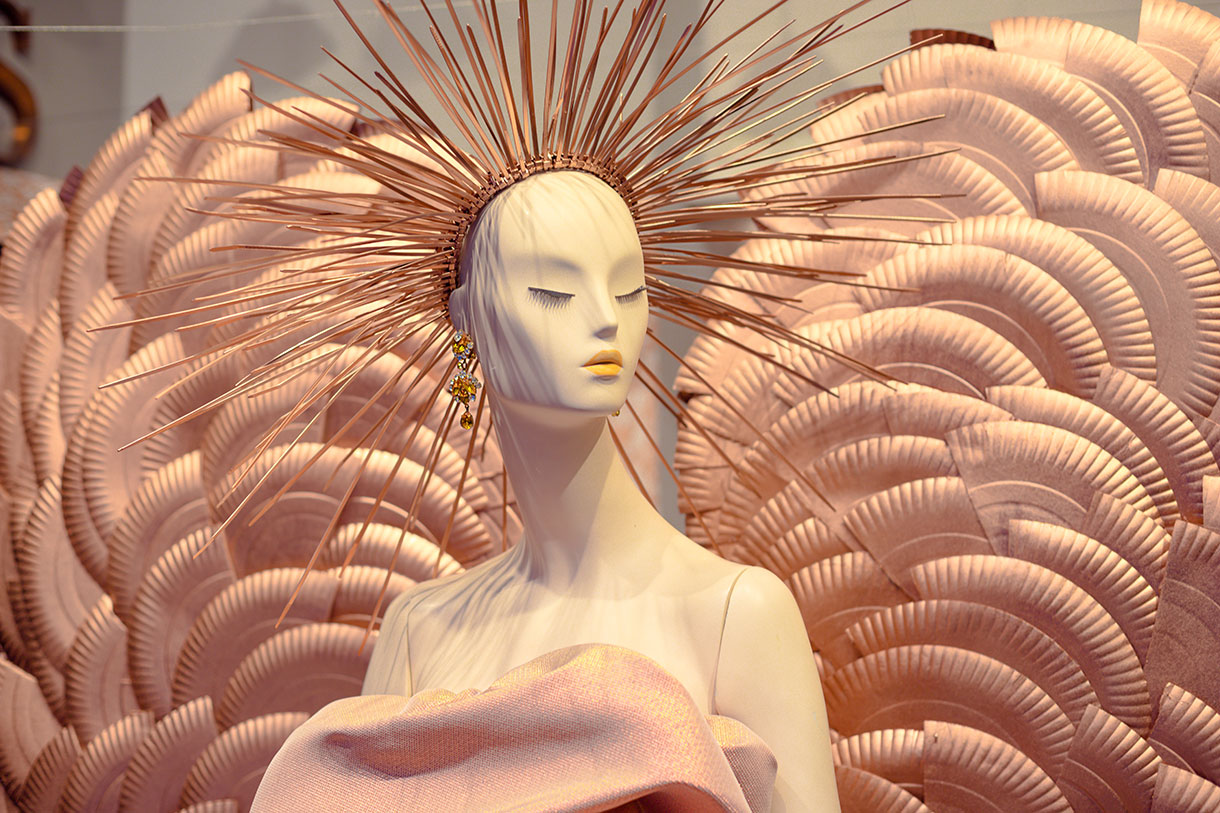
December 2019. The dazzling angel
The last showcase of the year was sublime, starring a look inspired by the strength and goodness of an angel to express the most glamorous and sophisticated femininity, coinciding as it did with the Christmas festivities. It was conceived by the students of IED Barcelona who created an impressive feminine look in pink tones that empowered and attracted all eyes. An unforgettable showcase!
Mi�rcoles 20 noviembre 2019
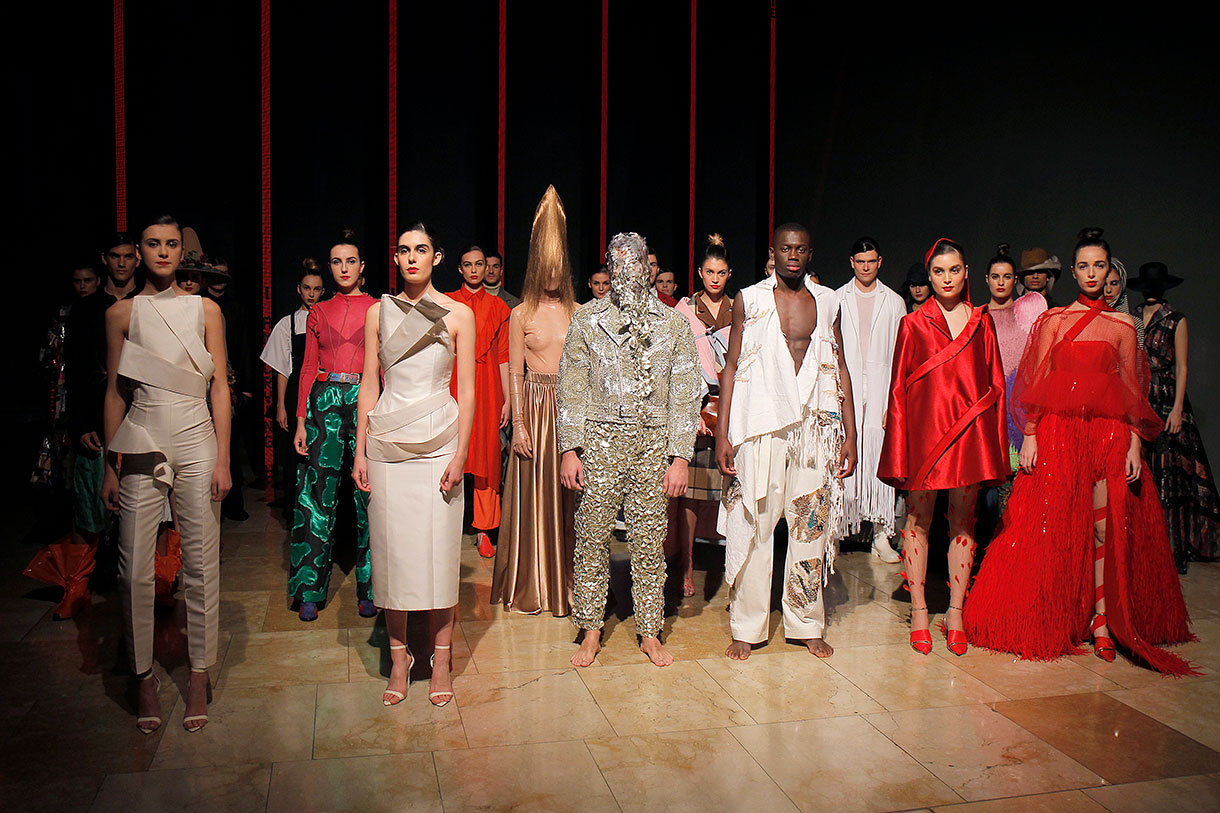
A tribute to design, creativity and emerging talent. That is exactly what was celebrated this week at the Guggenheim Museum Bilbao with the 25th anniversary of IED (Higher School of Design) in Spain. Among other activities the renowned fashion and design school wanted to record the event with an impressive fashion show in which national and international designers who have trained in the classrooms of IED Madrid and IED Barcelona participated, since the institution was founded in Madrid in 1994. Gratacós also participated in this exhibition of young designers collaborating through fabrics that took the form of lush garments on the catwalk. It is indeed part of our commitment as a company to support schools that help instruct future designers.
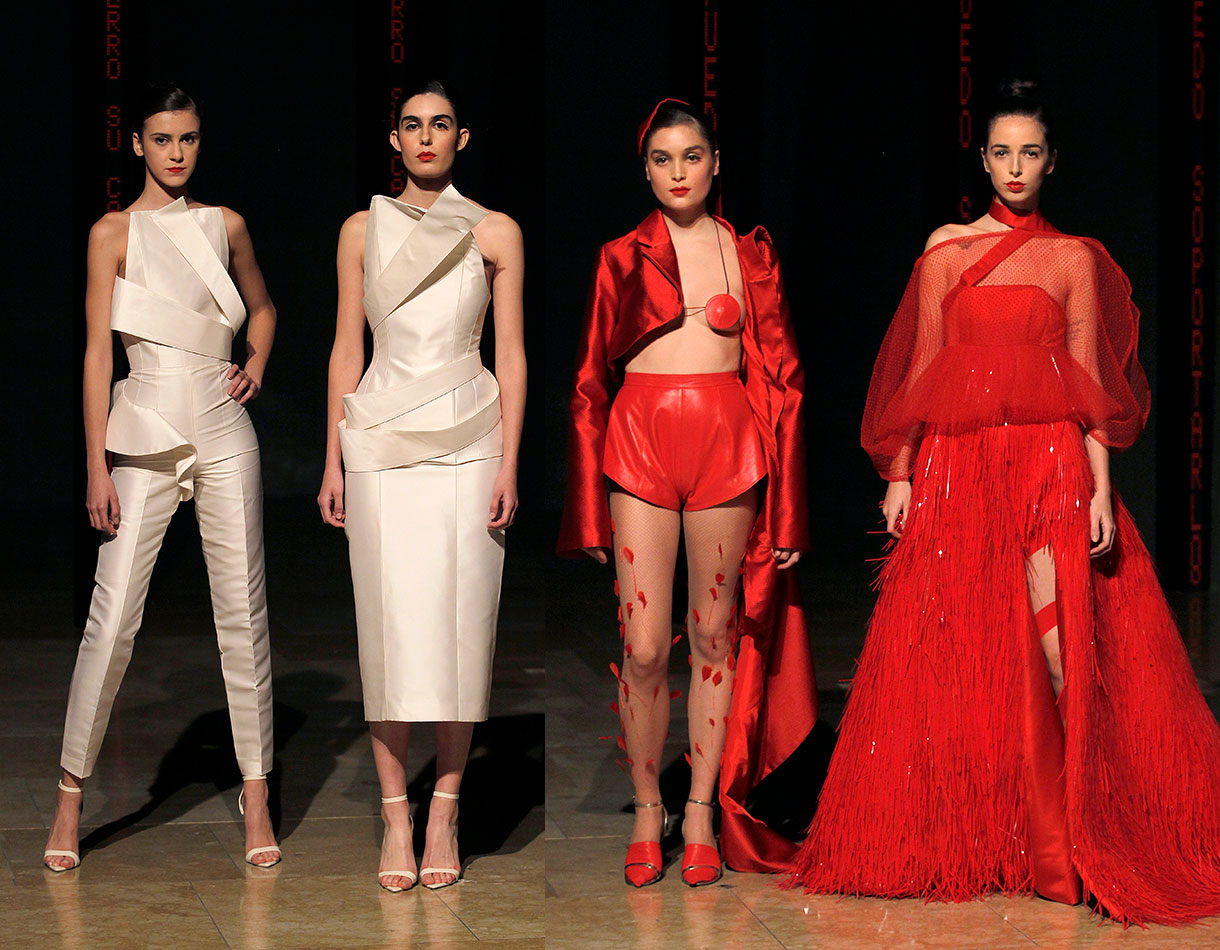
A parade of promising young designers of Spanish fashion
Under the name “25 designing the future”, the IED school grouped in the same parade 25 different collections signed by ex-alumni of IED Madrid and IED Barcelona who were responsible for capturing the past, present and future of the school. This event was part of the TopArte programme of the Guggenheim Museum Bilbao, on the occasion of the celebration of Bilbao Bizkaia Design Week. Recognized names that regularly participate on the main Spanish cat-walks such as Moisés Nieto, Carlota Barrera or Cristina Tamborero paraded together with other emerging brands in an eclectic exhibition of garments and visions that highlight the individuality of designers from different parts of Spain and also from countries such as Italy, Brazil, Romania, Israel, Mexico or the United Kingdom, among others. “Fashion is the most powerful means of expressing the identity of human beings. It is the connector and collector of dreams, urges, worries and personal inspirations …, therefore, we want to show a mosaic representative of IED talent of the last 25 years” declared Alessandro Manetti, CEO of the IED in Spain in justification of this powerful parade.
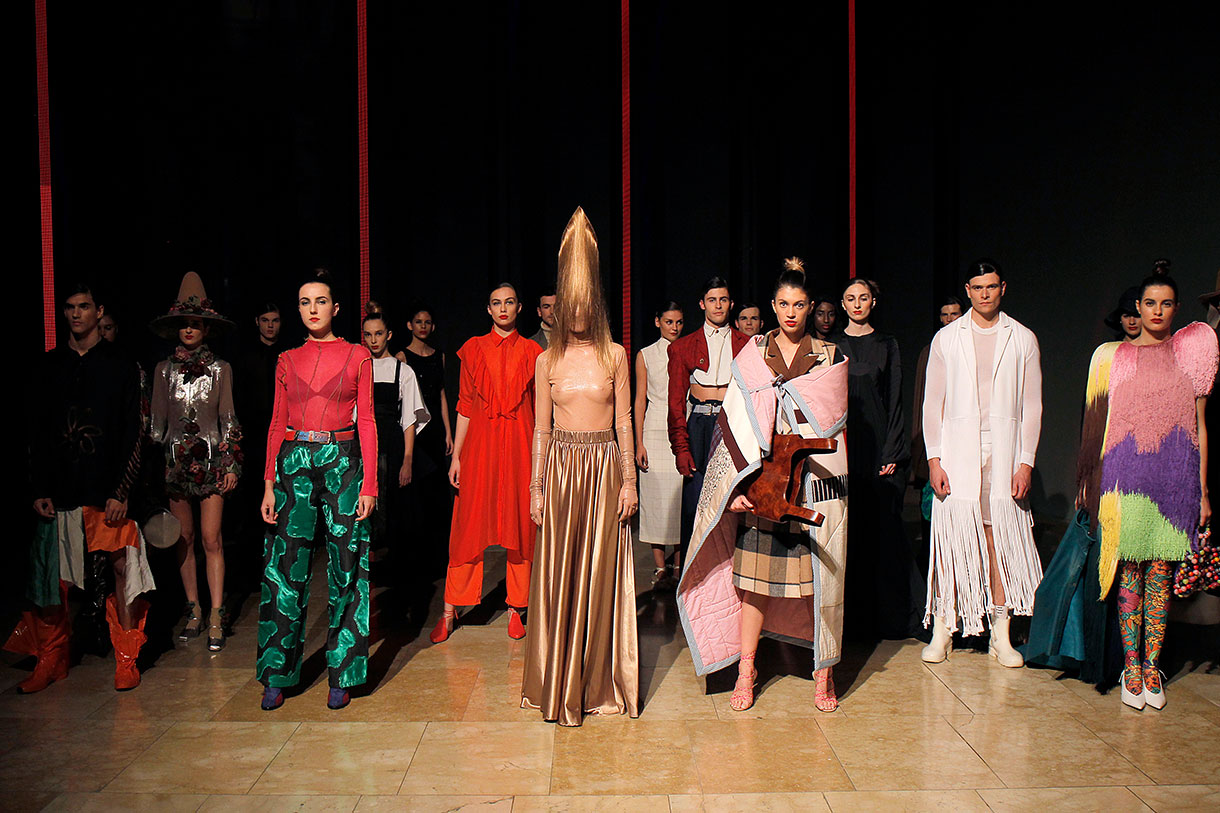
“The IED has left as inheritance an important generation of designers that promote the culture
and sensitivity of design worldwide” – Alessandro Manetti
The chosen looks of each participating designer were intended to define the future of fashion and reflect the challenges that the sector currently presents with creations designed for a sustainable look, conceptual and avant-garde designs, delicate handmade items produced locally or party dresses for large celebrations which follow haute couture techniques. “The IED has left as inheritance an important generation of designers that promote the culture and the sensitivity of the design worldwide”, added Manetti. In addition, for the occasion a former student of IED Madrid, one from IED Barcelona and another from IED Milan each created two looks for the event in honour of the 60th anniversary of the construction of the Guggenheim Museum in New York, designed by the architect Frank Lloyd Wright . The curved spiral shapes, the delicacy of the pieces of art exhibited in it and the opulence of the building’s architecture have inspired the designs, some of which have been manufactured with our fabrics that we offered for this celebratory event.
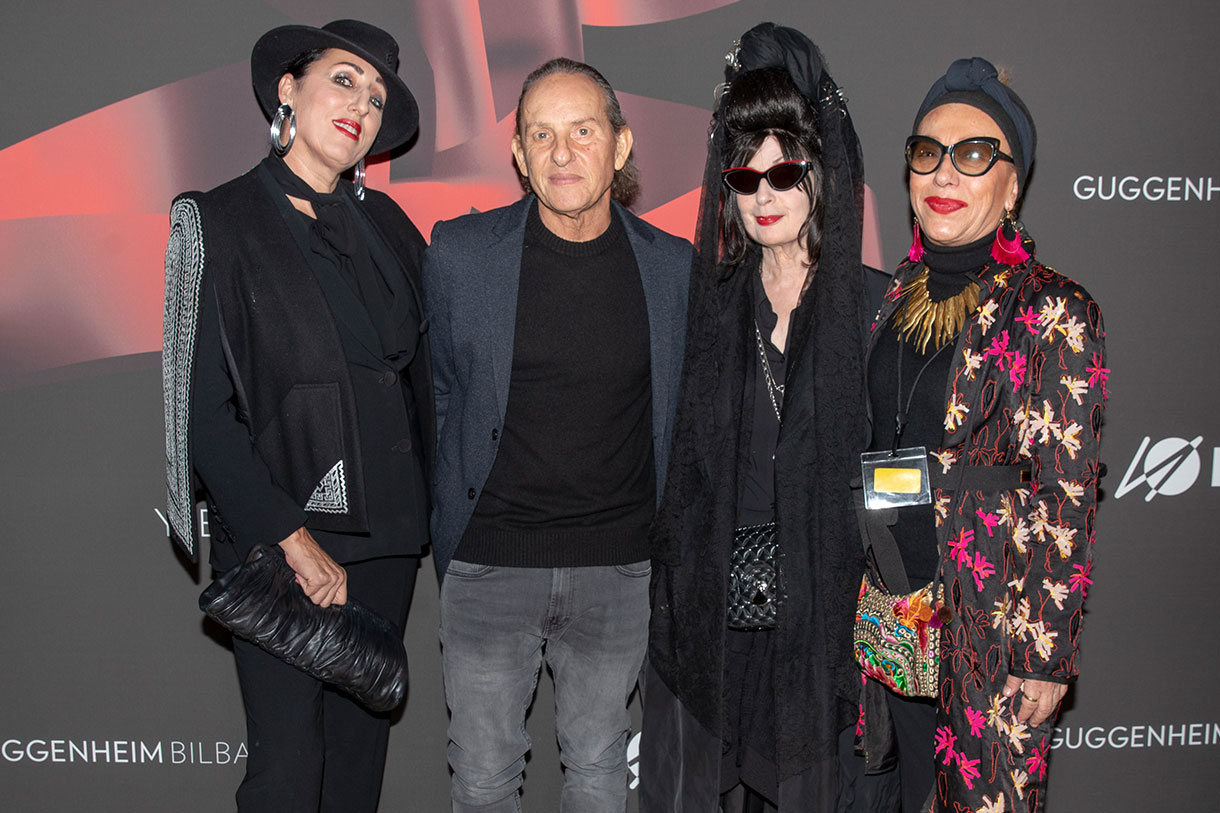
An event full of familiar faces
This parade commemorating the 25 years of IED also counted on the support and assistance of important celebrities linked to the fashion world such as actress Rosy de Palma, the American international critic Diane Pernet, the Belgian fashion expert Francine Pairon or the designer Custo Dalmau, who accompanied Pilar Pasamontes, IED scientific director of Fashion and Julia Weems and Mosiés Nieto, directors of the fashion area of IED Barcelona and Madrid respectively. Among the casting of models was Palito Dominguín, sister of Bimba Bosé and daughter of Lucía Dominguín, and the model Bet Callieri, all of whom participated in the closing parade.
It was a pleasure to collaborate in this unique event of celebration of the IED and at Gratacós we are eager to see everything planned for the future. Here’s to 25 more years!
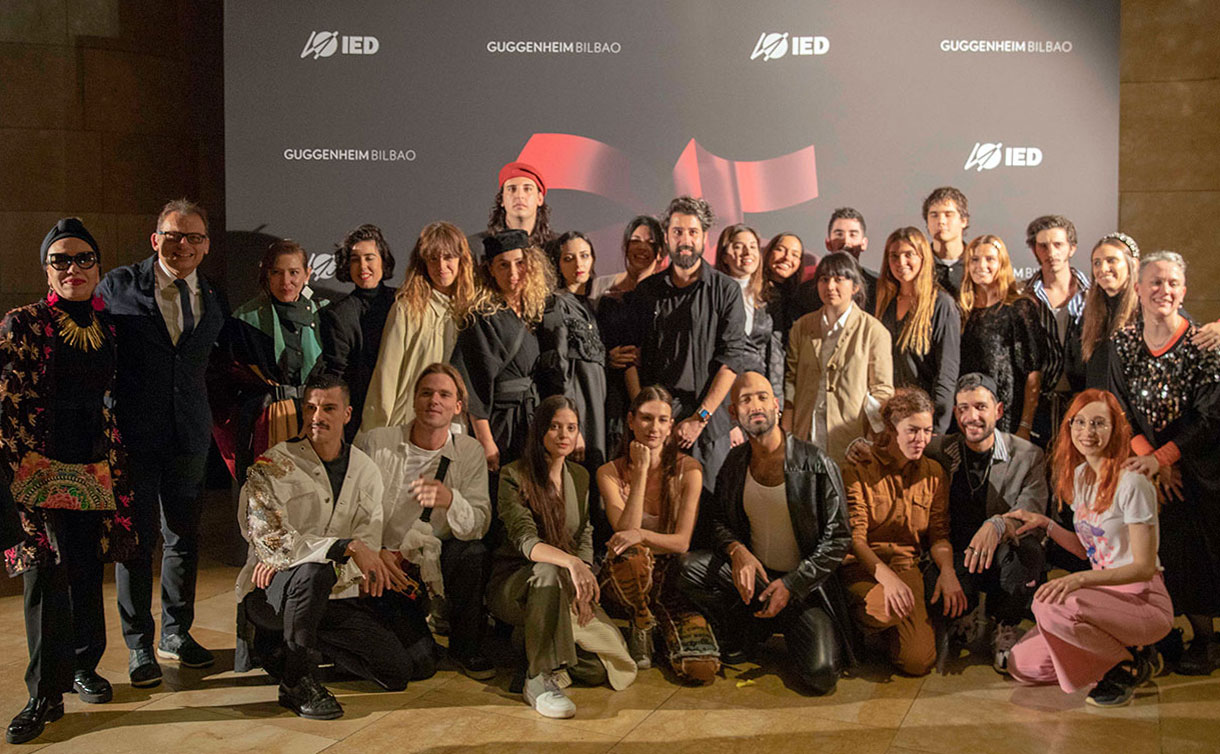













 Go back, start and use for the first time. These are the verbs that we wanted to put into motion after liquidating the last winter season and presenting the new collection for next spring at
Go back, start and use for the first time. These are the verbs that we wanted to put into motion after liquidating the last winter season and presenting the new collection for next spring at 



 Within the collection we highlight clean-looking matte poplin and satin, classic weaves, embossed reliefs inspired by cardboard packaging, Jacquards with geometric structures in rhythmic repetition, summer tweeds with thick yarns and piqués for structured weaves. This season the rustic aspect is also plays a leading role and through the fabrics we want to achieve a tactile rusticity through fancy yarns.
Within the collection we highlight clean-looking matte poplin and satin, classic weaves, embossed reliefs inspired by cardboard packaging, Jacquards with geometric structures in rhythmic repetition, summer tweeds with thick yarns and piqués for structured weaves. This season the rustic aspect is also plays a leading role and through the fabrics we want to achieve a tactile rusticity through fancy yarns.











 It was to be expected! Within its cyclical nature, fashion evokes fantasy after having spent almost two years stuck in comfort and austerity, two values influenced by the global pandemic. Remember that fashion is always a reflection of society. Thus, the reign of tracksuits, sweatshirts, pyjamas and slippers (whether they are at home or not), seems to be coming to an end with new inspirations that are postulated totally antagonistic: More luxury, more ornamentation and of course, more shine in festive garments and collections that cry out to escape from reality.
It was to be expected! Within its cyclical nature, fashion evokes fantasy after having spent almost two years stuck in comfort and austerity, two values influenced by the global pandemic. Remember that fashion is always a reflection of society. Thus, the reign of tracksuits, sweatshirts, pyjamas and slippers (whether they are at home or not), seems to be coming to an end with new inspirations that are postulated totally antagonistic: More luxury, more ornamentation and of course, more shine in festive garments and collections that cry out to escape from reality.







 The bridal sector is in the process of transformation to adapt to the comings and goings imposed by the restrictions of the pandemic and the easing of lockdown phases. The coronavirus crisis has exploded directly and overwhelmingly, affecting all sectors: from restaurants, beauty centres to the textile sector. And for a year now, the world of wedding ceremonies has been stepping on the accelerator to adapt to these precipitous changes.
The bridal sector is in the process of transformation to adapt to the comings and goings imposed by the restrictions of the pandemic and the easing of lockdown phases. The coronavirus crisis has exploded directly and overwhelmingly, affecting all sectors: from restaurants, beauty centres to the textile sector. And for a year now, the world of wedding ceremonies has been stepping on the accelerator to adapt to these precipitous changes. 




























